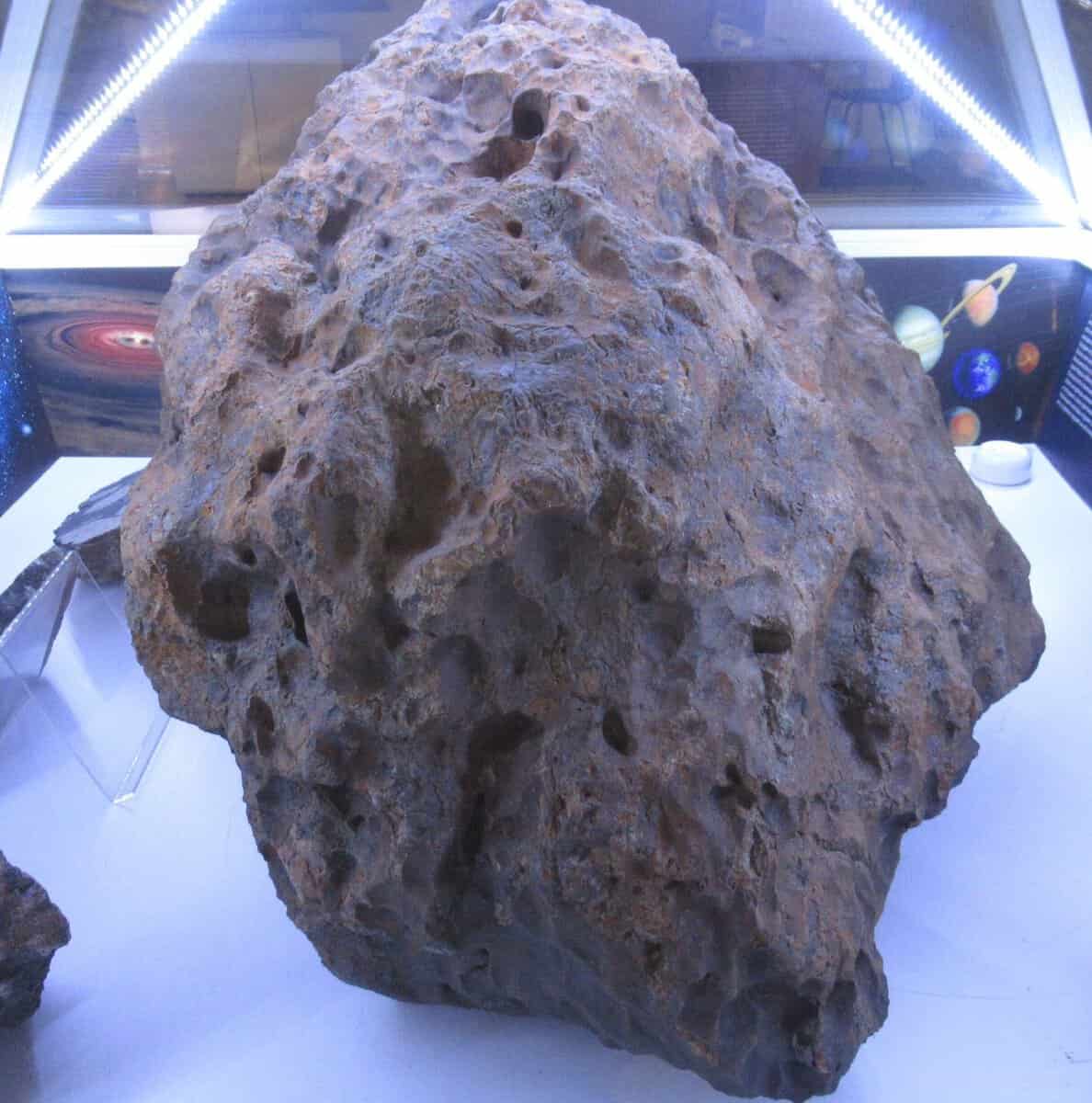
On the 15th of February, 2013, at 9:20 AM local time, a meteor entered the atmosphere over the Southern Urals. Initially, a brilliant flash blinded all observers, followed by the sighting of a streak across the sky. However, the most significant impact was felt through the explosive shockwave.
The largest fragment of this meteorite fell into the depths of Lake Chebarkul. It was later retrieved and is now housed in the State Historical Museum of the Southern Urals, protected by a special dome.
Interestingly, small fragments of this meteorite were used in the production of gold medals for the winners of the Sochi Olympics.
The event of this celestial body’s fall continues to resonate in the movie industry as well.
🎬The film “War of the Worlds Z” utilized snippets of global news broadcasts to create tension. The blockbuster movie also featured “The Chelyabinsk meteorite” as a key element.
🎬The Chelyabinsk Meteorite made another appearance in the Tom Cruise film “Edge of the Future”. In this movie, the alien invasion commences with the meteorite’s impact. The audience is shown actual footage captured by Chelyabinsk residents on February 15, 2013. Alongside the social media clips, fabricated news headlines about panic and extraterrestrial invasion are displayed.
The meteorite remains a subject of ongoing study, serving as a vital focal point for research on asteroid threats and celestial bodies within our solar system.
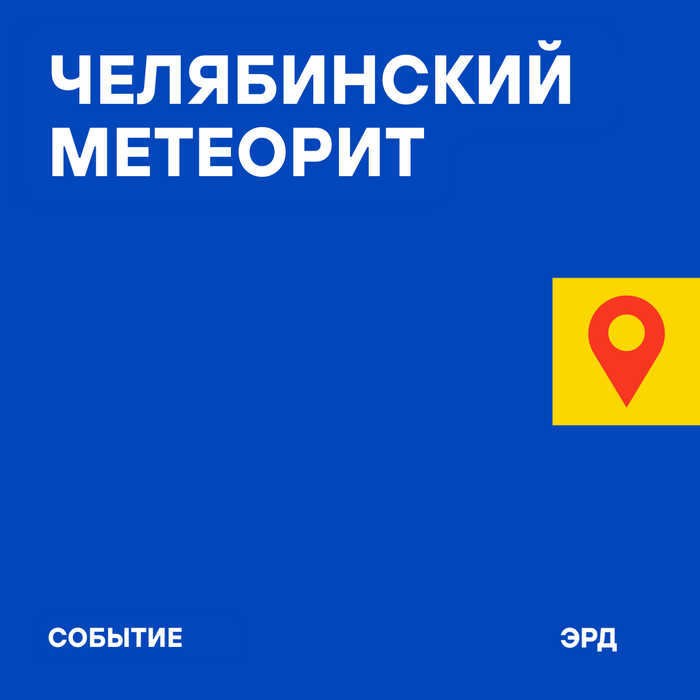
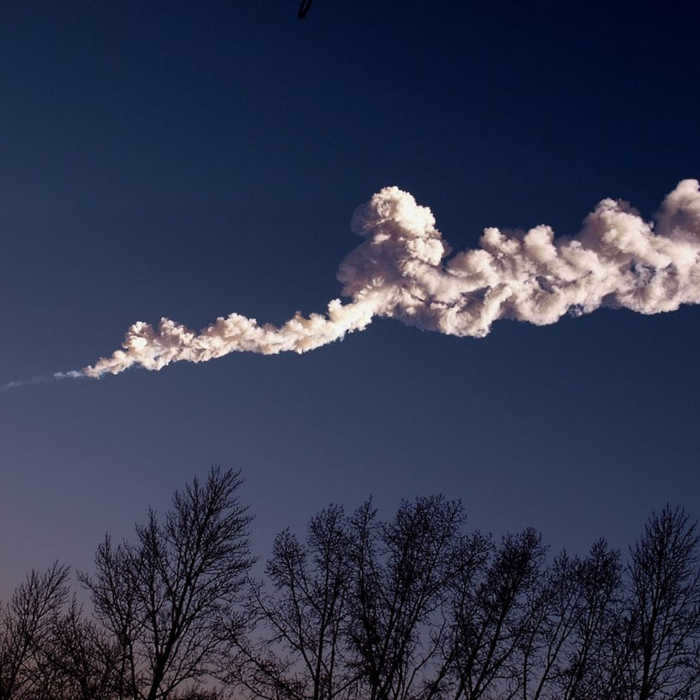
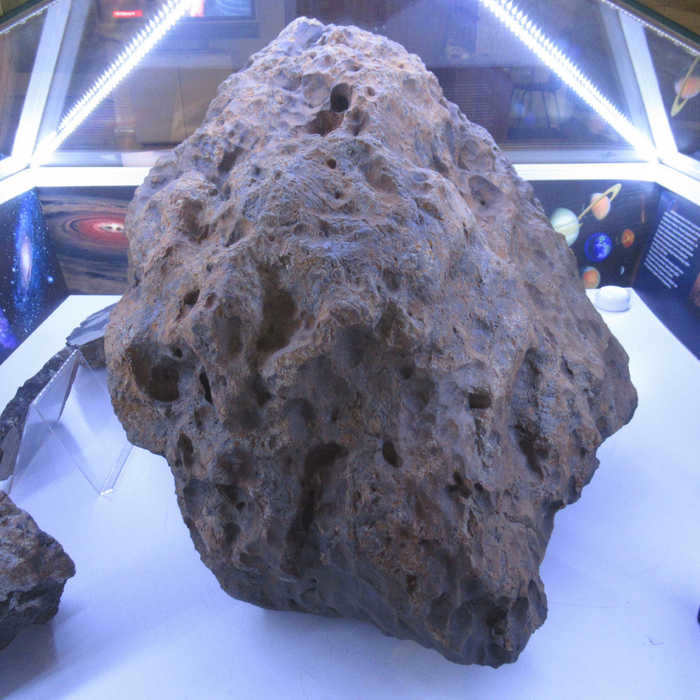

14.9K posts 45.3K followers
Guidelines for the Community
What regulations can exist in this place, apart from the regulations established by the peekaboo itself 🙂
A decade ago.

Are you out of your mind suggesting it happened 10 years ago? I vividly remember the incident when a glass pane was shattered by the meteorite just recently.
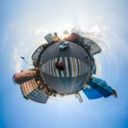
The commemoration of the Chelyabinsk meteorite’s anniversary.
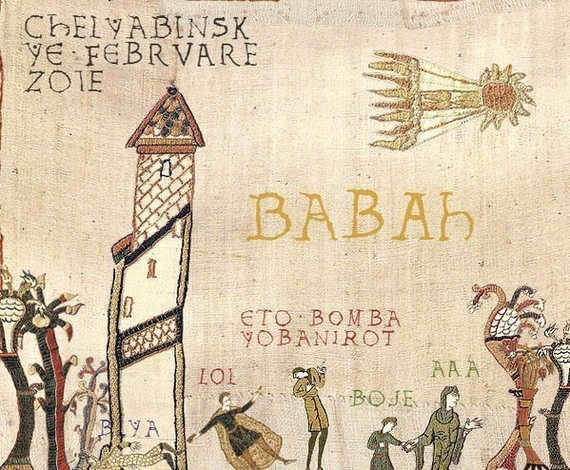
A decade ago.
The inhabitants of Chelyabinsk were eager to determine their survival chances in the face of the meteorite. Due to their severity, jokes about them could go on indefinitely.
It was on 02/15/2013 when this celestial fragment (along with several others) descended into Lake Chebarkul.
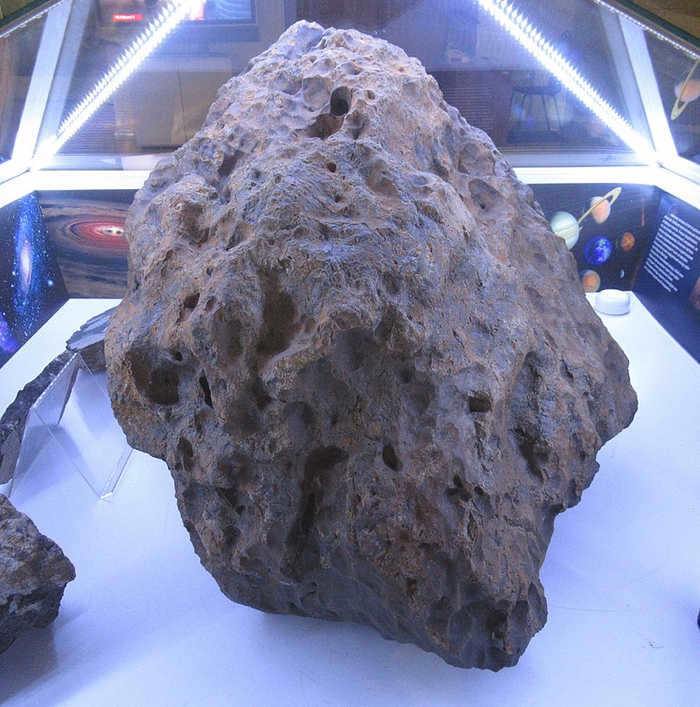
Reply to the article “Joyful Celebration”
The inhabitants of the meteorite were filled with dread as Chelyabinsk drew near, according to the Internet.
Despite keeping the small fragment for a decade, no “residents” have ever made an appearance.
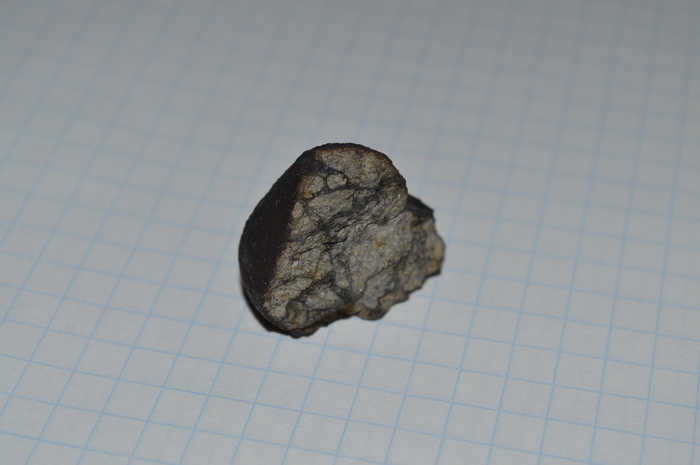
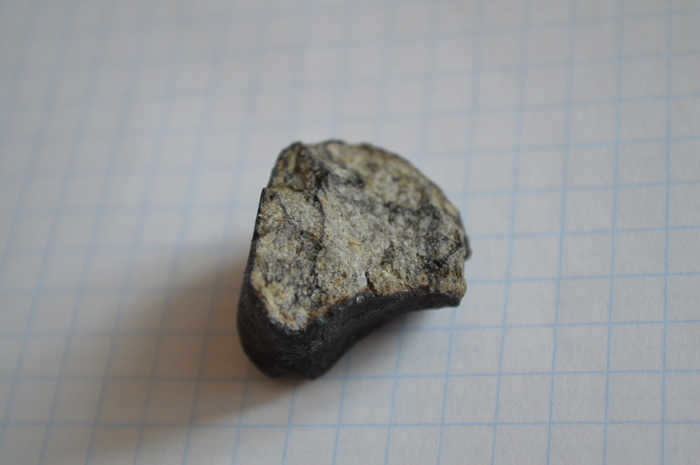
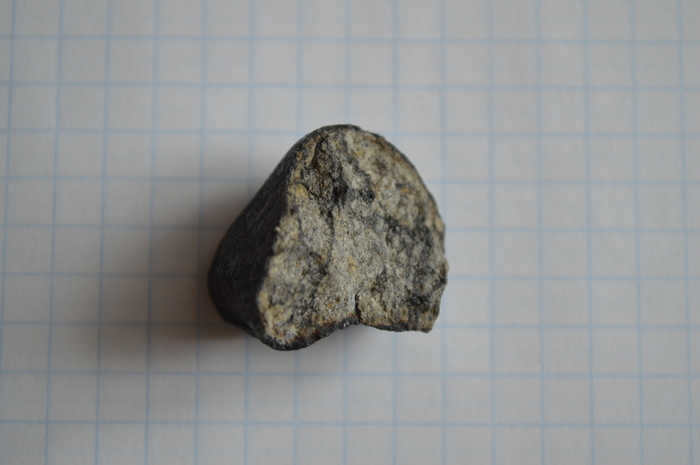
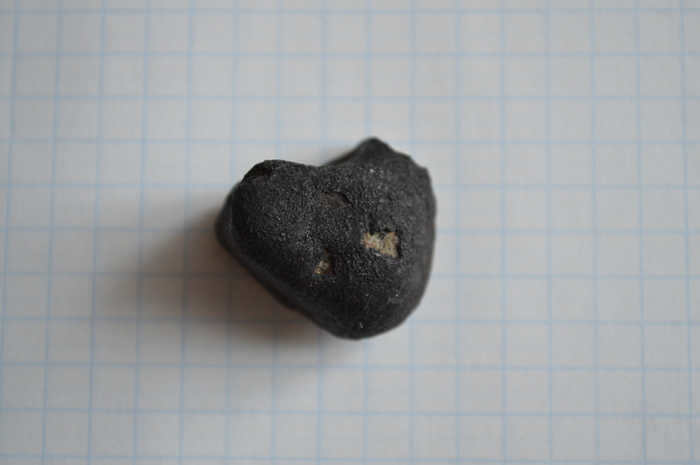
And I had high hopes for them, but not like this.
And how can one forget about Gasolod Mischka.
Celebrating a special day
It has been 10 years since the Chelyabinsk meteorite crashed to Earth.
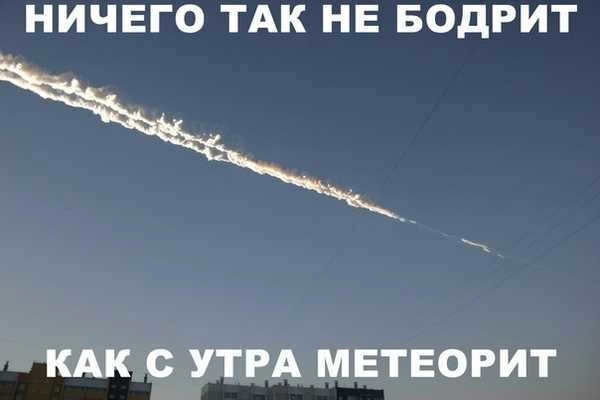
Undifferentiated meteorites: A Meteoritic Classification – By Dmitri Sadilenko
What are the various classifications of meteorites? Is it more scientifically accurate to categorize meteorites as undifferentiated and differentiated rather than stone, iron-stone, and iron? Let’s explore the concept of undifferentiated meteorites, also known as chondrites, and understand their significance. Join me as Dmitry Sadilenko, a junior researcher at the Laboratory of Meteoritics at GEOKhI RAS, provides insights into the world of meteoritics.

Terror

The lake is home to two sizable pieces of the Chelyabinsk meteorite
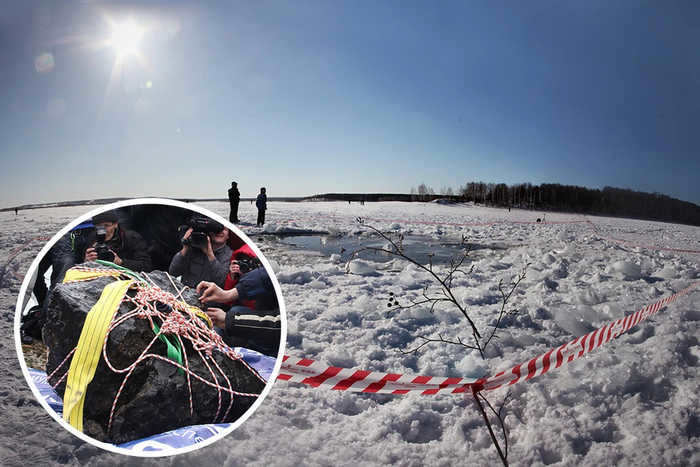

On the 15th of February, Lake Chebarkul prevented the largest extraterrestrial object from crashing into Earth since the Tunguska meteorite. The celestial body was deeply buried in the mud and was subsequently brought to the surface by the Ekaterinburg company “Aleut,” which specializes in underwater operations. This unique service was awarded to them through a state contract.
THE BATTLE OF MEN AND ALIENS
– Our work is far from romantic! We clean water sources and extract sunken vessels that hinder navigation,” states Nikolai Murzin, the company’s CEO.
In 2013, an opportunity arose to break free from the monotonous routine. Chelyabinsk, after recovering from the initial shock, made the decision to recover a meteorite. A state contract was announced for this purpose. Divers were generously compensated with a sum of 1,670,000 rubles for successfully lifting the meteorite. This substantial amount was the outcome of a desperate attempt to secure their services.
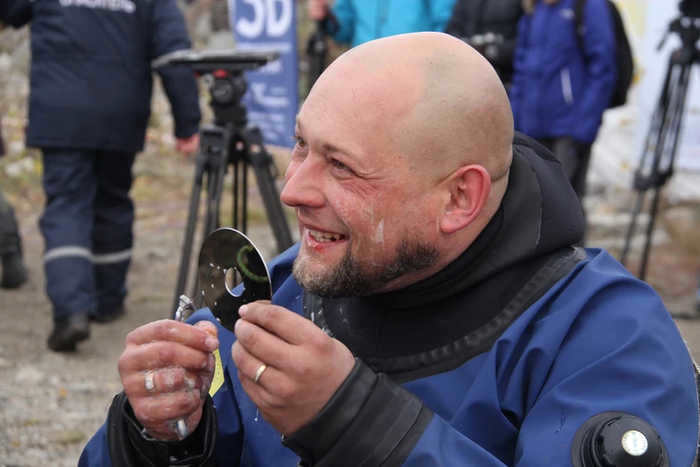

– Our calculations showed that we would need to spend over four million on the diving operation, including equipment rental, fuel, boats, and staff salaries. However, the Chelyabinsk regional government initially offered only 3 million rubles. So we made the decision to lower our price in order to secure the contract and gain publicity. Our expectations were met, and now we are well-known among diving companies. It’s great that you remembered us! – Murzin smiles.
The Chelyabinsk meteorite was successfully retrieved on October 16th. Fifty days prior to that, a team of eight individuals arrived at the shores of Lake Chebarkul. All of them had diving training, and most had previously served in the Ministry of Emergency Situations.
– As soon as we touched down, the locals wasted no time in regaling us with tales of extraterrestrials. The residents from nearby villages would often come forward with their elaborate fantasies. Some claimed that the spaceship was submerged underwater and in need of immediate rescue, while others vehemently advised against any contact with it. That’s why, as a lighthearted jest, we dubbed our expedition “Yaz and the Men vs the Meteorite and the Green Men.”
Essentially, the name was unofficial, concocted to boost morale and garner attention on television. The inclusion of “Yaz” was inspired by a viral video from that year, featuring a fisherman unleashing an otherworldly scream.
When the meteorite crash-landed, there were various popular theories circulating among the locals: it was either a downed rocket or the work of aliens. Anything but a mere rock.
There were objects in the vicinity that played into the conspiracy theory. One of these objects was a military unit with an active firing range, constantly causing explosions. Additionally, there were several closed cities in the Chelyabinsk region.
“Environmentalists are only second to sectarians in their negative impact,” the locals would say.
Following the lead of the locals, esotericists began making pilgrimages to the shore. It was a popular spot for meditation, with people often sitting in the lotus posture and absorbing the cosmic energy of the lake. Some enterprising individuals even tried to profit from this energy, selling cups of water from the lake for 300 rubles on the Internet. However, this business venture was not successful.
Once, the leader of the Church of the Chelyabinsk Meteorite, Alexei Bravy (name altered), visited the holy waters. The resident of the South Ural region claimed that the meteorite had been sent to us from the heavens. He believed that this sacred object contained profound knowledge. However, Bravy was unable to provide a detailed explanation of this revelation.
Alexei was accompanied by journalists to the shores of Chebarkul, where they intended to create a news story. Unfortunately, the cult failed to gain any followers except for its founder. Within a couple of years, Alexei himself was admitted to a psychiatric hospital for treatment.
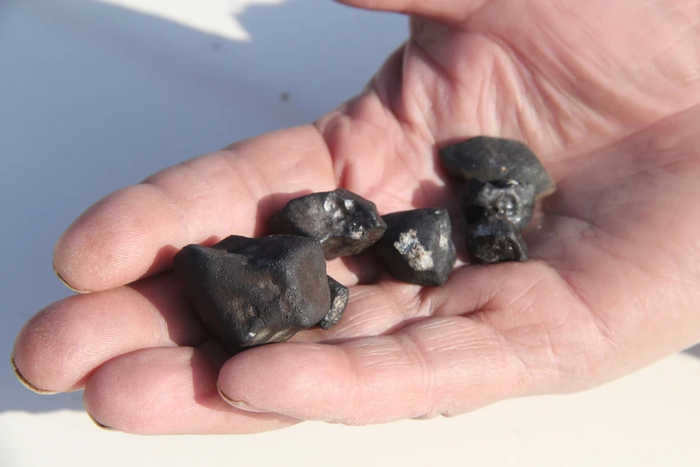

However, Murzin finds all of this to be insignificant; he has a much stronger aversion towards pseudo-ecologists.
– Despite lacking any formal education, they claim to have extensive knowledge about environmental protection! One day, a couple of individuals approached him and identified themselves as members of Greenpeace. They stated that they had measured the level of turbidity at 8 and 10 a.m. and concluded that the water had worsened. The irony is that we hadn’t been working in the water for three days, as we were busy repairing the pump that removes sediment from around the meteorite.
However, the environment was a cause for concern, and therefore Rospotrebnadzor continuously collected water samples, confirming that no radiation was detected. Additionally, there was no contact made with extraterrestrial molecules.
Underneath the surface of Lake Chebarkul lies a thick layer of silt, with the meteorite causing a 10-meter deepened area. It is unknown how much more silt lies beneath the surface, as it has been accumulating since the Earth’s creation. Uncovering it could lead to a local-scale ecological disaster, as the silt not only contains mud but also dangerous microorganisms. However, as long as these microorganisms are undisturbed, the reservoir poses no danger to humans, allowing people to swim, fish, and use the water.
– The lake serves as the sole drinking source for Chebarkul and the surrounding settlements. If we had violated any regulations, it would have instantly affected the water supply. We completed the task without any objections!
– How did you manage to locate the meteorite without disturbing the sediment?
– We used an echo sounder to scan the bottom. This device functions similar to an ultrasound and can detect objects within the sediment. However, the image it produces only shows the location and outlines, not the actual object. Nevertheless, since we had previously placed a buoy on the water surface where the meteorite had fallen during the winter, we determined that the point on the image corresponded to the right stone. And indeed, it was.
– Where is it located? While diving, you can still assess the condition of the instruments. However, as soon as you touch the bottom, the sediment becomes a barrier,” Murzin explains.
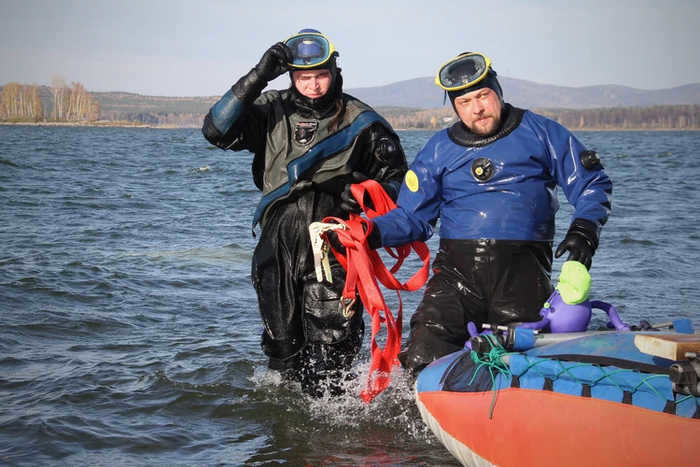
Divers have limited visibility while underwater, unable to see even their pressure gauge, which indicates the level of air in the cylinder on their backs. To overcome this challenge, they rely on hoses that connect to the surface, where compressed air is provided. To facilitate this, pontoons have been placed in the water, with a group of safety divers stationed on platforms.
During each dive, three or four individuals would be underwater at a time.
We relied on our sense of touch to navigate and perform tasks. This skill was honed during our annual diver exams, where we are required to complete tasks while wearing a gas mask with taped glasses.
The sediment we encountered had a plastic-like consistency, similar to condensed milk, as described by Murzin. Pumps were used to remove the sludge, which would then be filtered underwater and allowed to settle. This process was crucial in the construction of the well leading to the meteorite.
– After excavating a tunnel through the mud, we positioned a steel plate beneath the meteorite and secured it to the surface catamaran. The vessel then proceeded to tow the valuable cargo towards the shore. To prevent any disturbance to the sediment during the operation, divers were enlisted to provide insurance coverage.
Once the distance from the shore reached 25 meters, we utilized a winch to detach the meteorite and safely extract the extraterrestrial visitor.
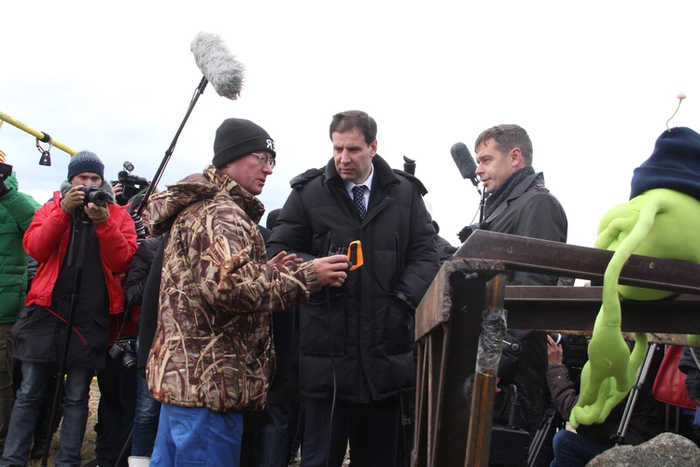

Half a year later, following the retrieval of the meteorite, the expedition returned to the shores of Chebarkul.
– Our anticipation was that once the weather gets warmer, the lake would be swarmed with adventurers equipped with scuba diving gear. And indeed, that’s exactly what happened. The tunnel we had previously dug had the potential to cave in and potentially bury an inexperienced diver alive. Of course, if something like that were to happen, we would find a way to blame someone else. That’s just how we operate. Therefore, we came here to clean up the lakebed.
– When the echolocator scanned the bottom, the screen displayed three distinct bright areas, each separated by a distance of 50 meters. One of these areas was thoroughly examined – it turned out to be the meteorite that was retrieved. As for the other two areas, we are uncertain of their composition. They could very well be additional fragments of the meteorite.
– Why didn’t you immediately collect them?
– To achieve victory, we had sufficient resources to acquire a single massive meteorite – and we succeeded. And it comes with a hefty price tag.
– We are prepared to organize a new expedition with a budget of 8-10 million rubles. Additionally, we require numerous permits from government officials, including Rosrybolovstvo and the Ministry of Ecology. Rospotrebnadzor must also collect water samples. However, wealthy individuals rarely encounter obstacles like these, don’t they?
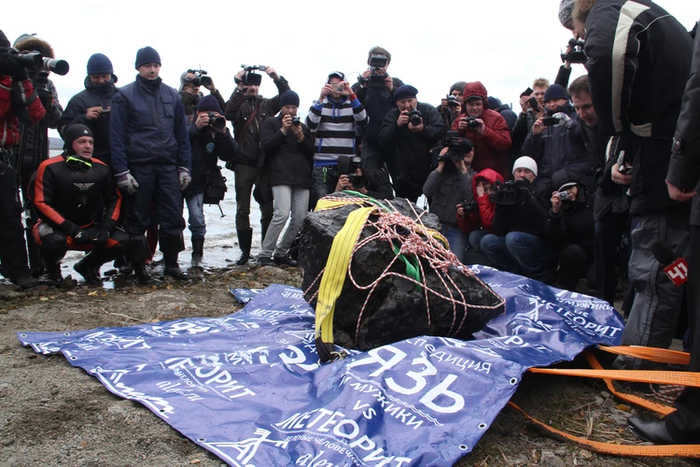

Upon retrieval from the lake and public weighing, the meteorite initially weighed 570 kilograms. Its current weight surpasses half a ton, as scientists attribute the decrease to evaporation of moisture.
– Oh my goodness! If that’s the case, then we should construct mountain roads using dried stones,” Nikolai remarks sarcastically. “Who knows what they did with the meteorite after it was removed from the shore? Not a single person from our team received a souvenir piece. However, we know where to acquire one ourselves.

The artwork titled “Conquest of Space” is a mosaic panel
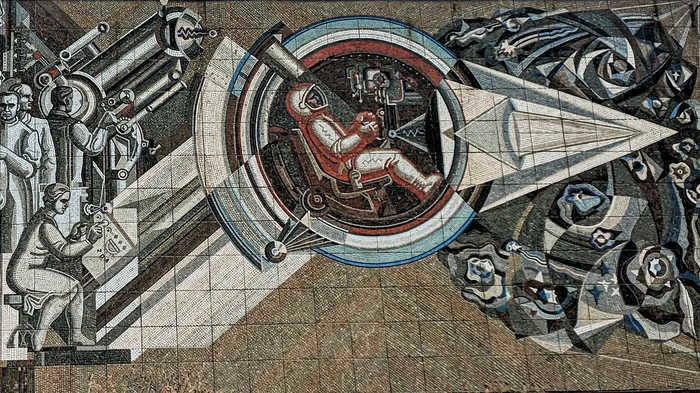
Spanning across an expanse of 250 square meters, a magnificent portrayal of mankind’s venture into outer space comes to life. Initially, the brilliant mind of a scientist husband is occupied with intricate calculations and establishing a solid theoretical foundation. Following suit, a team of skilled engineers, innovative designers, diligent technicians, and ultimately, an intrepid astronaut, collectively embark on this monumental mission. Clad in a sturdy spacesuit, the hero assumes control of the spacecraft’s helm, embarking on a treacherous and awe-inspiring odyssey.
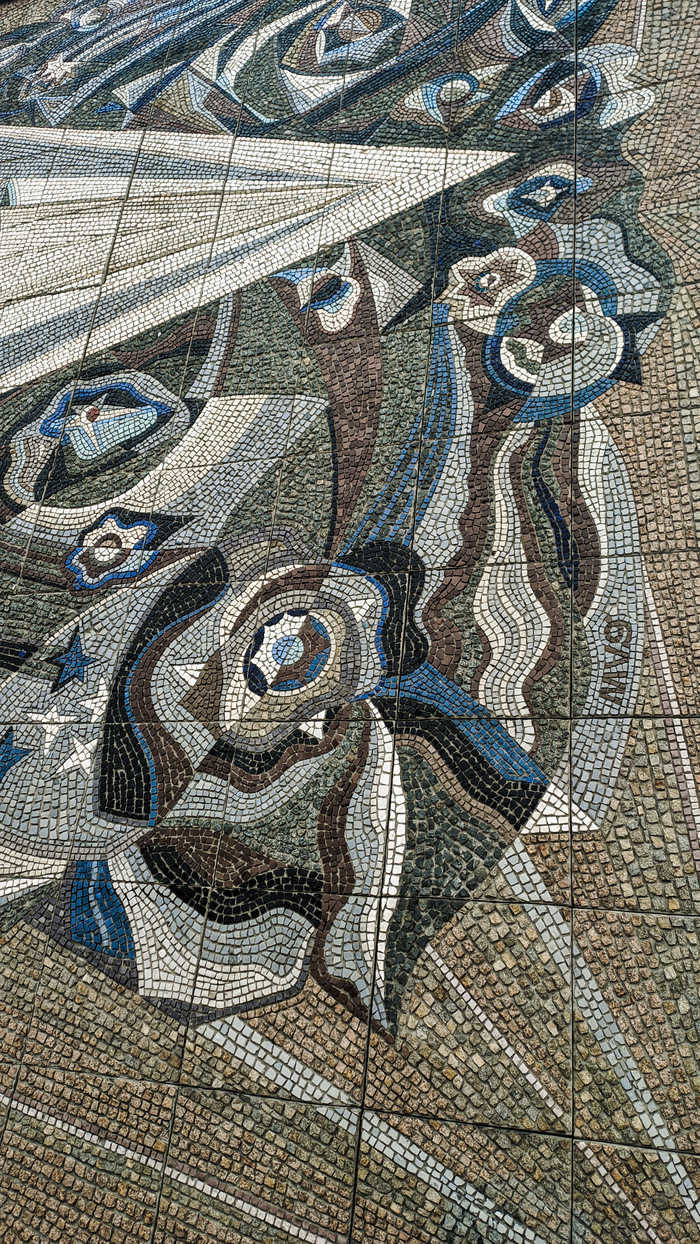
A commemorative plaque was revealed on the wall of Polytechnic College on Gagarin Street, 7, in honor of the 15th anniversary of Gagarin’s historic flight. What makes it even more special is that it was commissioned by the elected representatives of Leninsky district. The artwork was skillfully crafted by the talented Chelyabinsk artist, Vladimir Mishin.
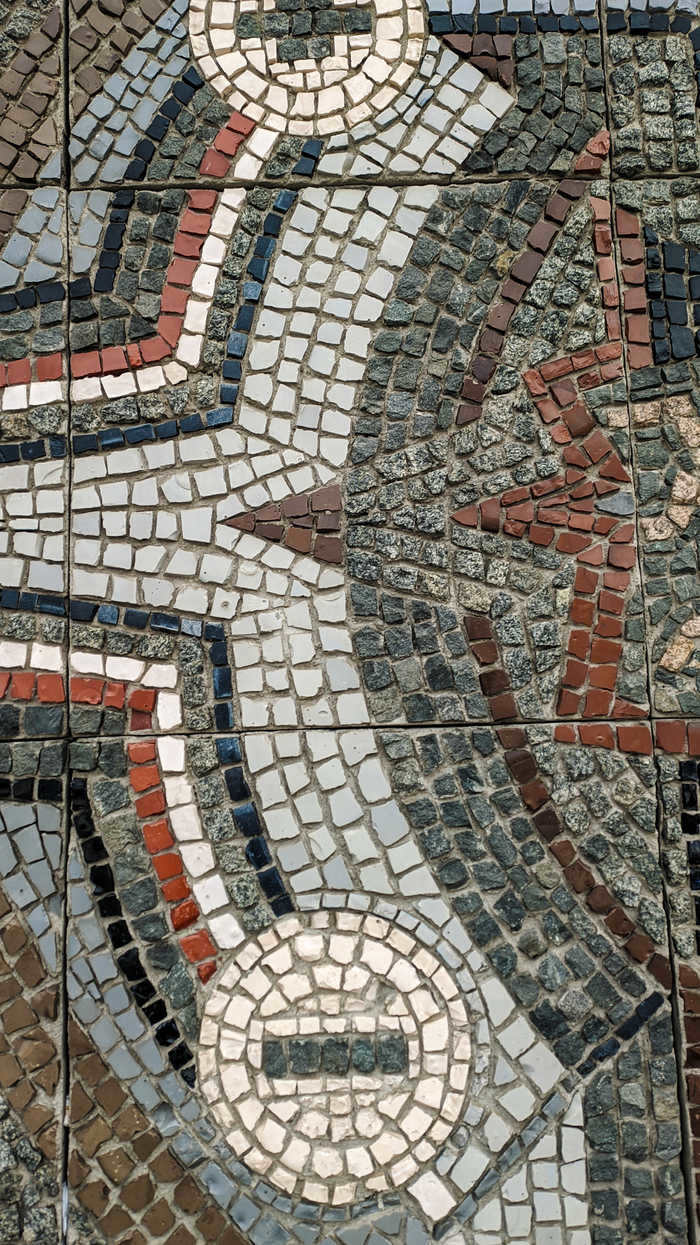
It is worth noting that certain city inhabitants have noticed a fascinating discovery. The mosaic’s portrayal of the spacecraft bears a striking resemblance to the intricate elements found in a 14th century fresco located in the Serbian monastery of Vysokie Dečany.

Space for 1300
A few years ago, the management of the kindergarten proposed the idea of painting the playground equipment in my daughter’s group area.
We were provided with around half a liter of paint in three or four different colors. This was enough to paint the sandbox, the swing set, and the table with benches. However, there was still a porch that looked quite unattractive. As a concerned parent, I decided to take the initiative and do something about it.
Unfortunately, I didn’t think to take a “before” photo, but I did find this old picture that gives you an idea of what it looked like. It’s quite evident that the brick wall, which is around 40 years old, has never been painted since it was constructed. There were some feeble attempts to bring it back to life with drawings of ducks and butterflies.
I proposed to the other parents that we all contribute whatever we could. I made it clear that we would use the amount of paint we could collect and buy. I volunteered to do the painting myself, driven by enthusiasm and a desire to make a difference.
Upon the teacher’s suggestion, we embarked on a project with the codename “You’re just Cosmos!”. The children, who were part of the older group, found the theme truly fascinating. And if they ever wanted a change from butterflies, flowers, suns, and bunnies, they could always explore the neighboring areas.
Here’s what we were able to achieve. We worked on it for a week, in the evenings, with a small pause due to rain. The background and star stamps were painted by another enthusiastic mom.
I’m not much of an artist myself, so there may be some inaccuracies. However, the children are thrilled with the final result!
This year, my daughter will graduate and the veranda will be passed down to my younger son’s group. The roof and floor have already been repaired, thanks to the funding that finally reached us.
Now, if we think about restoring it further, maybe we can add some finishing touches.
Indeed, the price of materials is 1334 p., with the added bonus of slightly dented paint cans and amazing discounts as a result. The scheme involving the voluntary collection of funds, where everyone contributes as much as they can, has been proven to work time and time again. In fact, 95% of parents have already contributed.
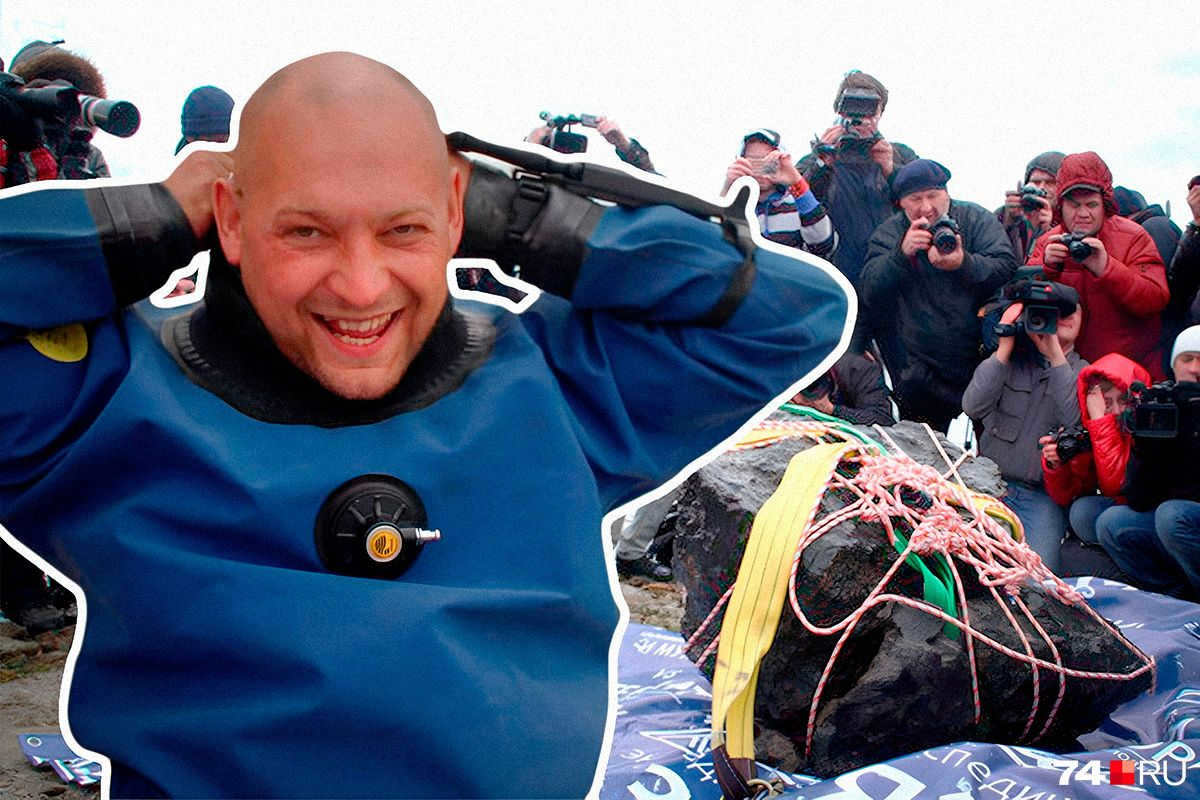
Exactly 10 years ago, on the 15th of February, a meteorite called Chelyabinsk made impact in the Urals. Experts state that while it had the potential to devastate the planet, it had the capability to wipe out a town of moderate size. However, through some stroke of luck, the celestial “rock” veered towards Lake Chebarkul – after causing destruction in Chelyabinsk and instilling fear in the neighboring Yekaterinburg, the meteorite plummeted into the reservoir. Astonishingly, thousands of window panes shattered, walls crumbled, yet not a single life was lost, only injuries were sustained.
Once the initial shock wore off and people began to realize the extraordinary nature of the event, it became evident that the meteorite was a precious commodity akin to gold. Fragments of otherworldly rock were diligently collected from the forests and fields, with the largest piece being retrieved from the depths of Lake Chebarkul. The retrieval operation was conducted by the company “Aleut – special works service” based in Yekaterinburg, working on behalf of the authorities. The process of locating and retrieving the meteorite posed both practical and mystical challenges, with divers encountering various difficulties. What other secrets might still lie at the bottom of the lake? As the anniversary of the meteorite’s fall approached, journalist 74.RU had the opportunity to speak with Nikolay Murzin, the founder of the company and the leader of that historic expedition.
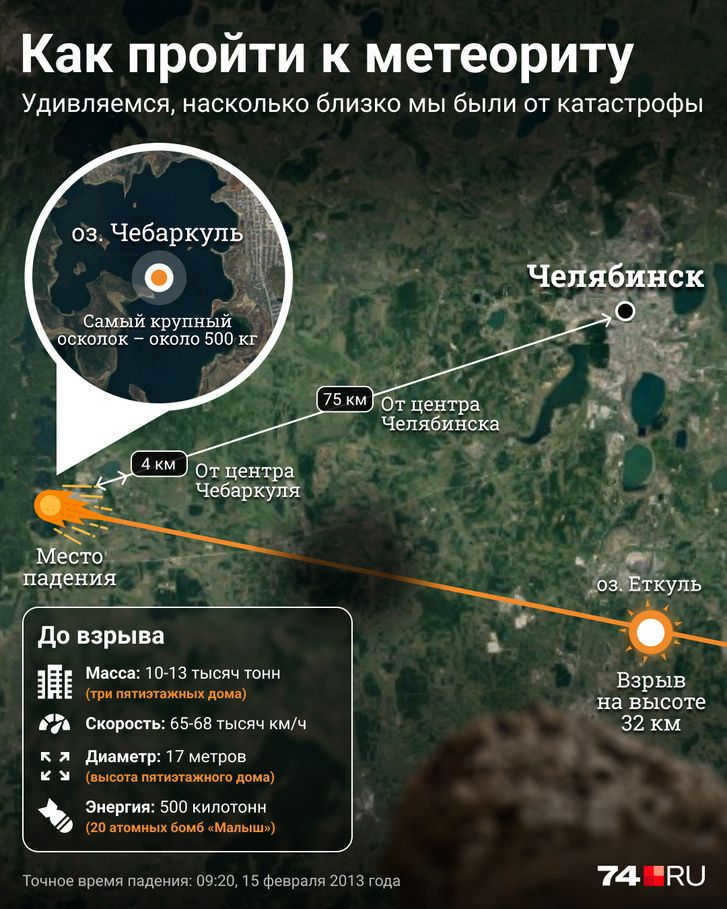
“The excavation lasted for a month and a half”
– Nikolai Eduardovich, the meteorite fell during winter and we extracted the largest fragment in the autumn. Why didn’t we do it immediately?
– The task always appears simple once it’s completed. As I recall the incident, the first individuals who arrived at the scene were the military. They dove in and nearly drowned their diver. Then the lifeguards arrived: they dove in and almost drowned their own employee. We closely followed this chain of events and even then we realized that we would require specialists with extensive experience in handling complex and hazardous tasks.
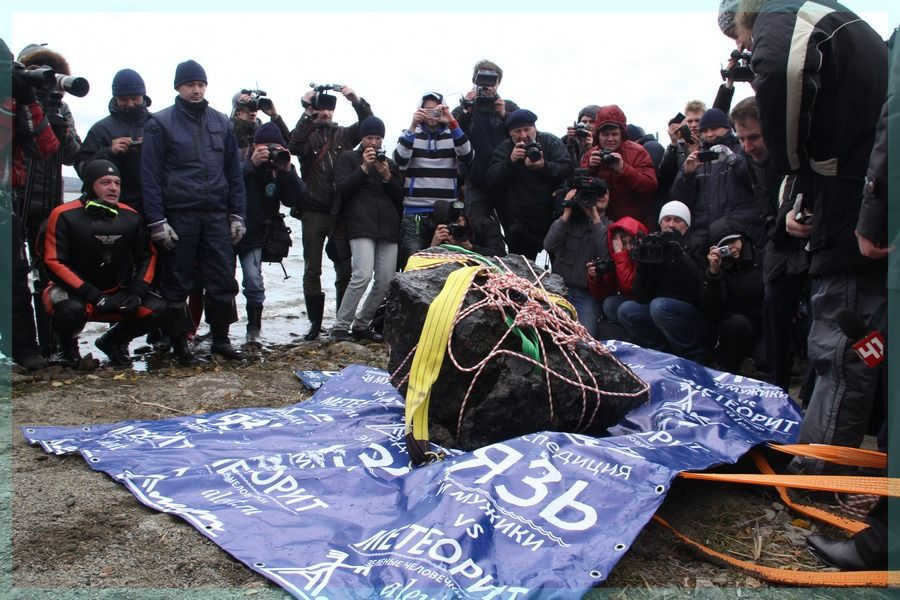

– How did you determine the exact location of the meteorite in the lake?
– We arrived at the scene and collected all the available data and conducted research. We attempted to use the gathered information, but it proved to be useless due to the lack of references. Fortunately, we met Nikolai Lavrentievich Melnikov, a local resident whose house camera captured the moment of the meteorite’s fall. He, being a former military personnel, used azimuths (the angle between the direction to the north and the selected object) to determine the direction from the mine to the coastal landmarks. We plotted these azimuths on a map and obtained a specific point. Additionally, we obtained an aerial photo which allowed us to further refine the location. By converting the point into geographic coordinates, we were able to proceed with our work in that specific area.

Using an echo sounder, we were able to detect a signal and then spent a month and a half digging a hole to reach it. The water depth was about 9 meters, where the silt began. In these conditions, visibility dropped to zero. There was an additional 9 meters of silt underneath, which required us to dig even deeper in some areas. Catching the stone itself was relatively easy. We secured it with soft slings and lifted it up using a winch. A weight of 654 kilograms may not seem significant for a diver, but we had to lift it up 800 times more than that.
On February 15, 2013, a meteorite weighing approximately 10 thousand tons entered Earth’s atmosphere, traveling at a velocity of around 19 km/s. The celestial object detonated at an altitude of roughly 25 kilometers near Chelyabinsk, resulting in a meteor shower. The explosion’s energy was estimated to be equivalent to 500 kilotons of TNT. Fragments weighing a total of 654 kilograms fell into Lake Chebarkul. The largest piece, weighing about 500 kilograms, is currently housed in the State Historical Museum of the Southern Urals.
— I recall there being a floating platform on the lake, from which divers would descend.
– A special platform, measuring 6 by 8 meters, was installed to serve as a hangar for divers and equipment. This platform was securely anchored to the bottom and had a carrying capacity of 6 tons. The unique feature of this platform was that it accommodated surface equipment weighing one and a half tons, as well as underwater structures weighing three tons.
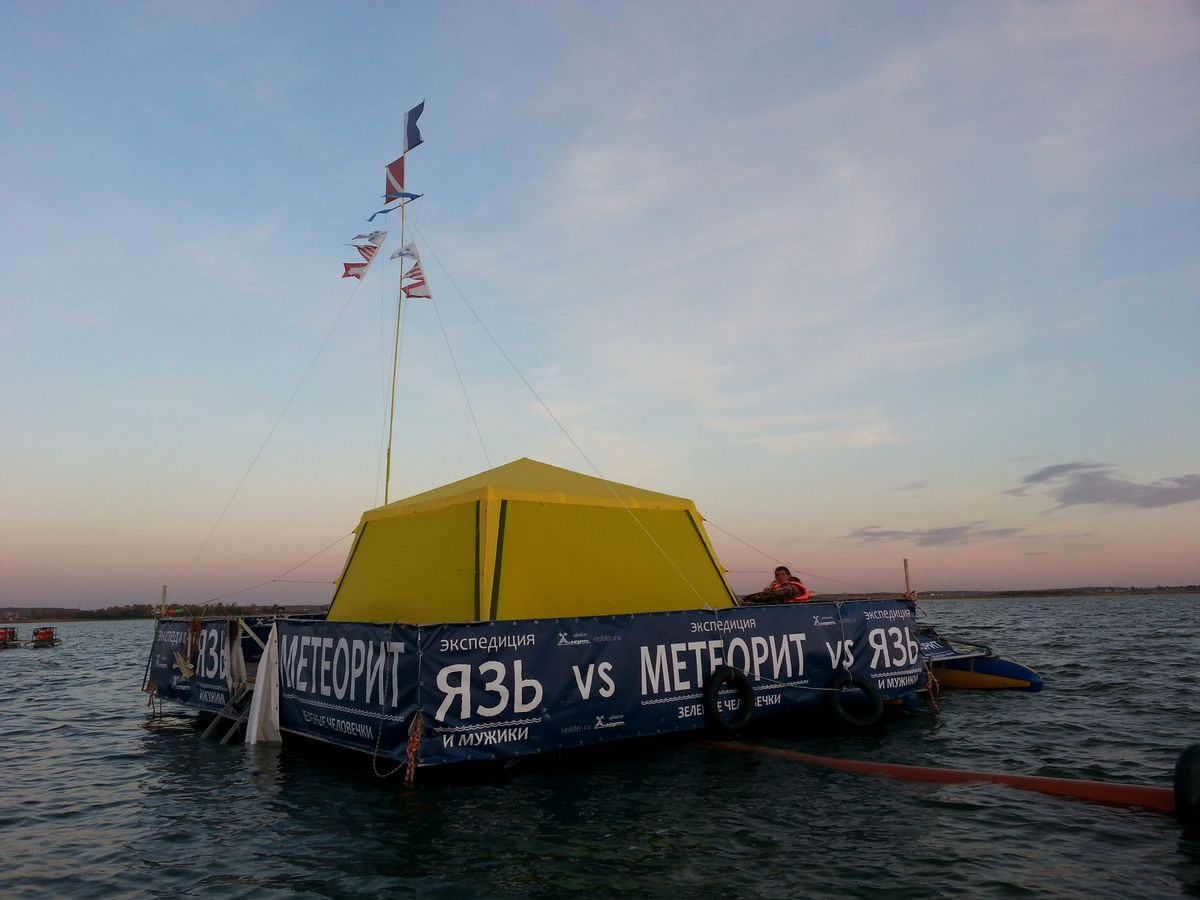

– In essence, we were relocating it from one location to another. Chebarkul is a popular lake for recreational activities, so it was essential to handle the process with care and drain out the sediment thoughtfully. When removing something from the aquatic environment, it’s important to consider the potential impact on the plankton and calculate any damage caused to the ecosystem.
We utilized a casing pipe and employed pumps to redirect the silt 60 meters to the side, subsequently gradually lowering it via a 3.5-meter-diameter hose equipped with a stilling device at the end. To ensure the even settling of the silt, its descent rate should not exceed 5 centimeters per second. This aspect is particularly noteworthy: we deliberately selected a substantial amount of silt to access the stone. Remarkably, no muddy patches were observed on the lake throughout the entire process. Achieving this was no easy feat, as even the slightest arm movement can cause turbidity. The pumping operation lasted a considerable length of time.
On the whole, the lake remains unaffected – the water remains undisturbed, the silt and nutrients remain undisturbed, and the plankton remains unharmed. The removal of the foreign object can be viewed as a form of cleansing for the lake.
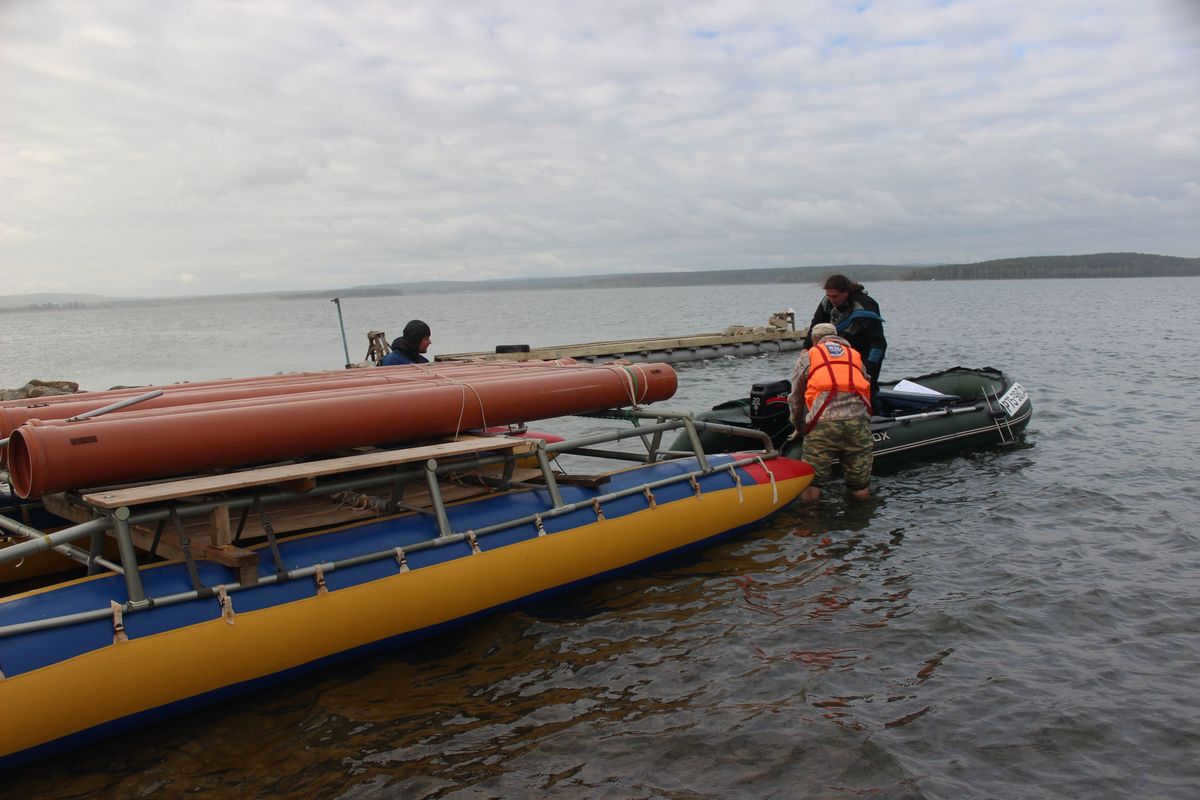

– Have you collaborated with non-professionals to gather fragments, who pursued the path of the meteorite’s descent?
– No, the peak of interest in collecting small stones from the fall has already diminished. However, we had to politely ask individuals to leave in motorboats. Fortunately, we were then provided with officers from GIMS (State Inspectorate for Small-Sized Vessels of the Russian Ministry of Emergency Situations) and rescuers. They ensured that the boats did not disturb the divers during our work. We are extremely grateful to the team for protecting us from curious individuals.
Nevertheless, there was an incident. Upon our arrival, we discovered that all the underwater equipment had been overturned, bent, and the slings were cut. It seemed that someone mistakenly believed that we were using this location to store the rocks we had discovered. However, this area was solely intended for pumping out exhaust. As a result, we had to invest a significant amount of time into repairing the damage.
— Did you experience any unforeseen circumstances?
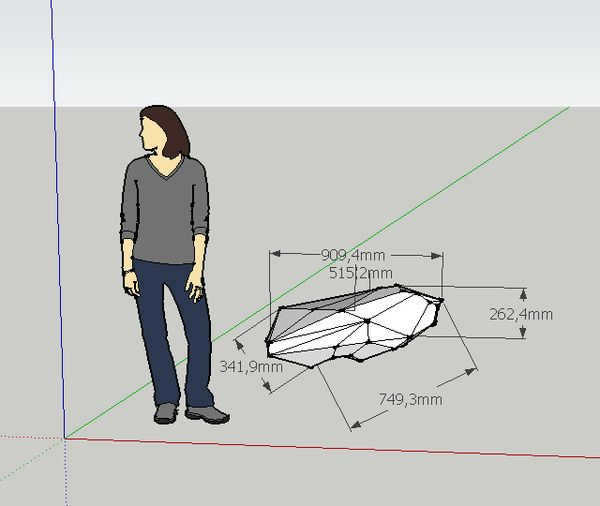
“There are individuals who hold a belief in spacecraft.”
— It is not a hidden fact that there is a sizable portion of the population that still maintains the belief that what crashed was not a meteorite, but rather a rocket. How do you personally feel about this perspective and other alternative theories?
– Why not? In the past, there were stone axes. There exist individuals who have faith in stone rockets. Well, and we found the explanations of “experts” quite satisfying, such as the absence of stone and stories about extraterrestrial beings – aliens from outer space (smiles). The locals had no doubts that some of them are resting at the bottom, entangled with the stone. We didn’t even engage in arguments – maintaining a positive mindset greatly aided us in our endeavors.
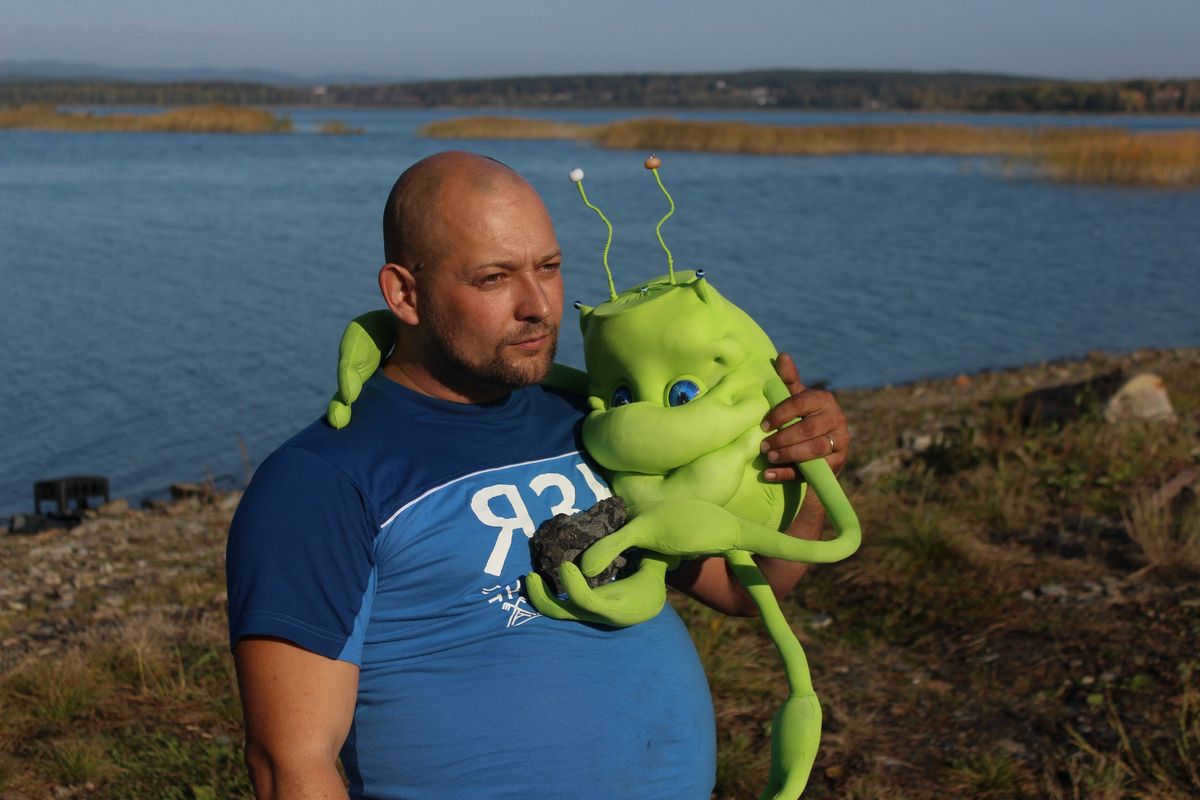

There were numerous rumors circulating. Some claimed that the stone had already been discovered and that the whole thing was just a cover-up for money laundering. We didn’t pay much attention to these rumors. It’s impossible to argue with people who don’t understand the intricacies of diving work and start discussing its speed and cost.
From the moment we spotted the meteorite on our instruments, we had no doubts about its authenticity. We knew we had to get to work. Interestingly, on the day the stylus detected the meteorite, two out of three pumps that were supposed to remove the sludge malfunctioned. The guys joked that the stubborn sapropel didn’t want to let go of the meteorite.
— How did the officials respond? Did they demand, prohibit, or push for anything?
– There was no specific reaction from the officials. The only issue was that the start of the work was delayed because they had to wait for approval from Rosrybolovstvo for a long time. The situation was that when the tender was conducted, it was discovered that the customer was not concerned with obtaining approval. However, we were still able to obtain the approval much quicker than usual. Typically, it takes at least 30 days, but we received it in just two weeks. We are grateful to everyone involved for making this happen.
After the initial discoveries were made (divers retrieved 12 fragments, with five of them, including a 4.8-kilogram piece, confirmed as meteorites. – Ed.), we reached the end of the agreed-upon contract period. The delays were caused by adverse weather conditions and the need for various approvals. I approached the clients and informed them, “We require an extension for the project.” Their only question was, “Are you certain the meteorite is still there?” I confidently replied, “Absolutely,” and that was sufficient for them to extend the contract until the end of October. Consequently, we expedited the retrieval process.
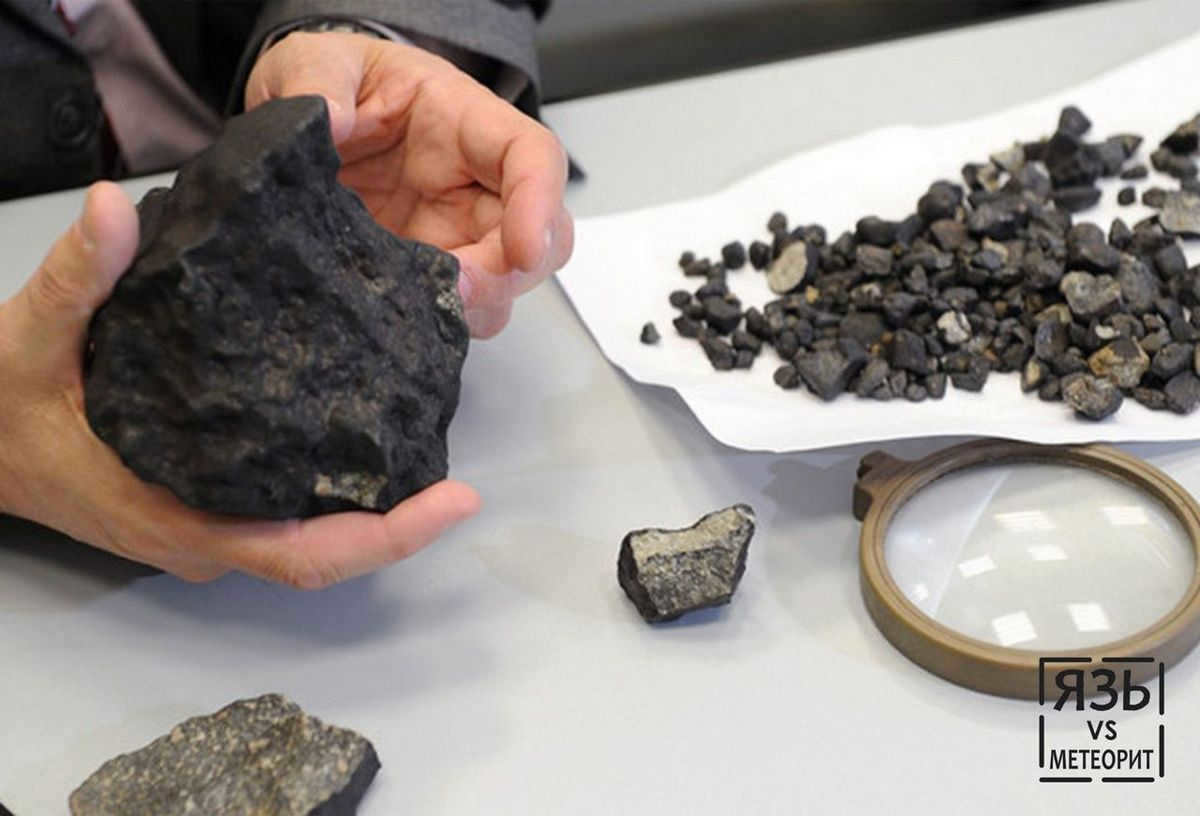

– Has the hole that was dug 10 years ago been filled with silt?
– Yes, it has, but the amount is unclear. Three meters of silt have completely covered the hole. The original shape has been preserved, but we blocked off the tunnels that led to it to prevent anyone from accidentally falling in. We made a special trip in the winter, even though it wasn’t required by the contract. There will always be curious people. In the summer, divers of all kinds, experienced and inexperienced, will go there and take the risk of exploring it. I’m familiar with the flight investigation system in Russia.
– Did you and your fellow divers take a piece of the meteorite as a memento?
– Maybe they believed that you had captured and observed your own meteorite.
– Well, there’s not much I can say… It reveals more about the individuals who hold that belief, rather than about us.
– Have you had the chance to see the meteorite at the museum?
– We actually did visit once, after the expedition. It doesn’t hold any mystical aura for us. It’s clear that there are missing fragments, with the largest ones being on display. I handed over a stone weighing 654 kilograms. What happened to it during transportation, and any legal issues or monetary matters it was involved in, is not our concern.
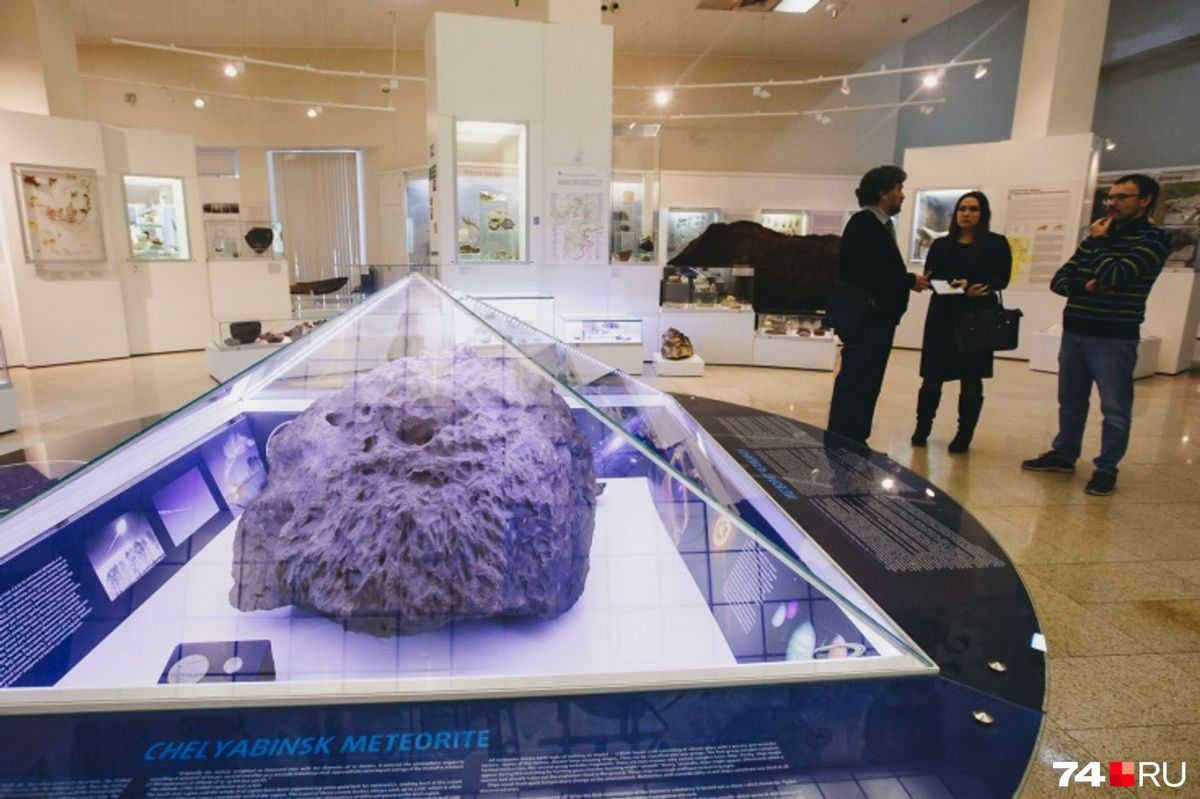

– What made the operation to retrieve the Chelyabinsk meteorite memorable?
– We had an exceptional team, and we carried out all the necessary tasks with great determination and excitement. However, we didn’t receive any rewards for our efforts (laughs). The weather conditions were incredibly harsh, and the overall circumstances were extremely challenging. In hindsight, we took more risks than we should have. Now, after 10 years, we have gained more wisdom. If we were to undertake a similar mission now, we would double the safety precautions, work for a longer duration, and approach it in a slightly different manner.
“Working in cold water is a more enjoyable experience.”
— You mentioned that the price for lifting the meteorite was insufficient. It was reduced from 3 to 1.67 million rubles at the auction. What made you decide to take part in the auction?
– The cost was completely inadequate considering the complexity of the task, but I had a strong desire to be involved. We negotiated for a lower price, and it turned into a significant public relations story. That year, we had already completed enough projects for financial gain, so we felt we could dedicate a couple of months to enhancing our reputation.
— So, how did it impact your reputation? How do you reflect on it now, after 10 years?
– It’s amazing, it saves a tremendous amount of time in communicating with clients. Previously, we would have to go into detail about our expertise and reputation as renowned experts in the diving industry. But now, all we have to say is: “We recovered the Chelyabinsk meteorite” – and all doubts and inquiries instantly vanish.
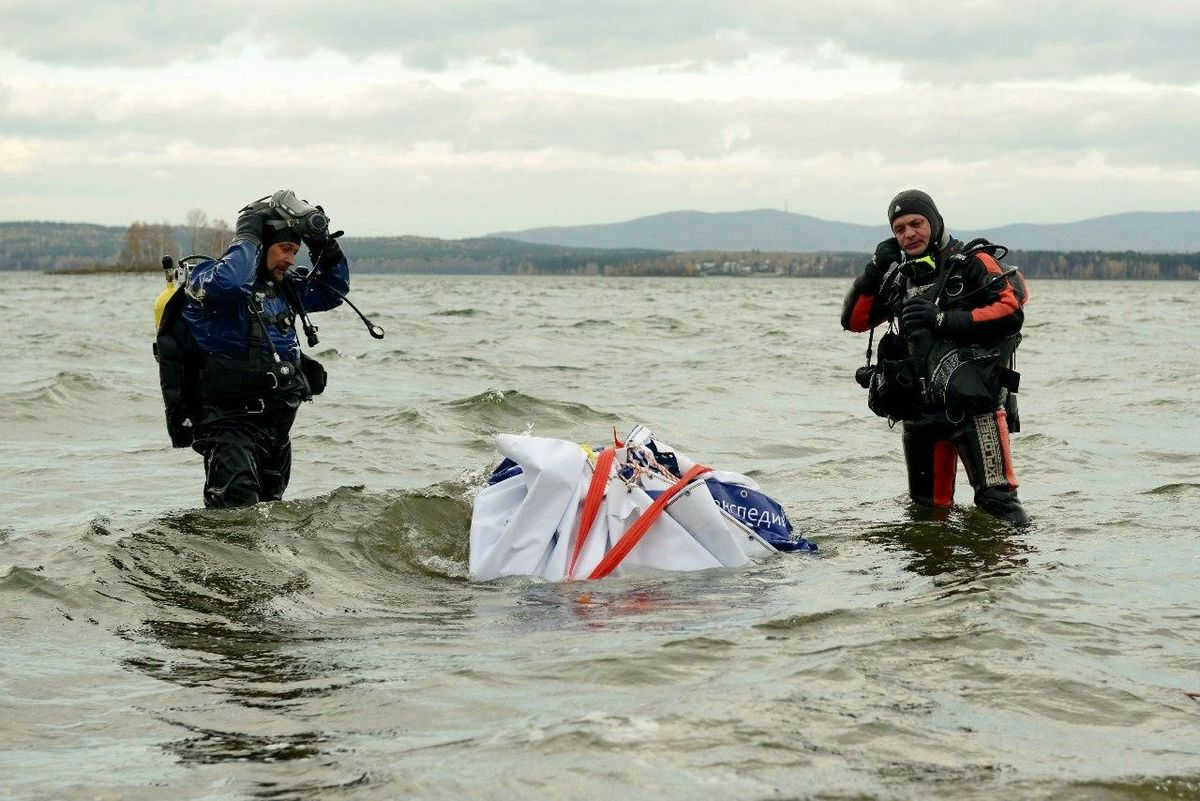

– Have you had the opportunity to capture any other extraterrestrial objects?
– We haven’t lifted any meteorites, but we conducted a survey in Lithuania last year. Perhaps in the coming years, if they have sufficient funding, we will be able to retrieve a Lithuanian meteorite. There is a similar scenario, but the space rock fell over 100 years ago and also into a lake. As a result, there is limited data available and extensive search efforts will be required.
– Why do they keep falling into lakes?
– Nikolai Eduardovich, can you tell us about some of the landmark projects you’ve worked on, aside from the meteorite lifting?
– We have undertaken several remarkable projects, although not all of them can be disclosed due to contractual obligations. Recently, we encountered an interesting case – we were tasked with clearing a submerged underground tunnel at an old factory. This tunnel, which was constructed 50 years ago, spans a length of 200 meters and does not have any side passages. Remarkably, the water temperature inside the tunnel was below 40 degrees Celsius! Working in cold water is actually more favorable than in warm or hot water, as it is easier to protect oneself from the cold. This project was truly unique, as it required us to work underground and underwater simultaneously, accessing the tunnel through a well. It showcased our expertise as high-level industrial divers!
Once, we had the task of clearing the only fairway in the Sea of Okhotsk. This fairway had been blocked, leaving the city without essential supplies. The challenge was the constantly changing currents, which allowed us to work for only 20 minutes every 4 hours. Another challenging job we undertook was lifting a pumping station that weighed 290 tons and had sunk in the middle of swampland. We had to carefully lift it and transport it ashore. We always seek out such difficult tasks, as they give us something to be proud of!
Currently, I am in Chile. We had discussions about potential work opportunities, and at the same time, we decided to go on vacation to Atacama – the driest desert on Earth. It only rains there once every few decades. It’s a fascinating place located on the West Coast of South America, and I have been wanting to visit for a long time.
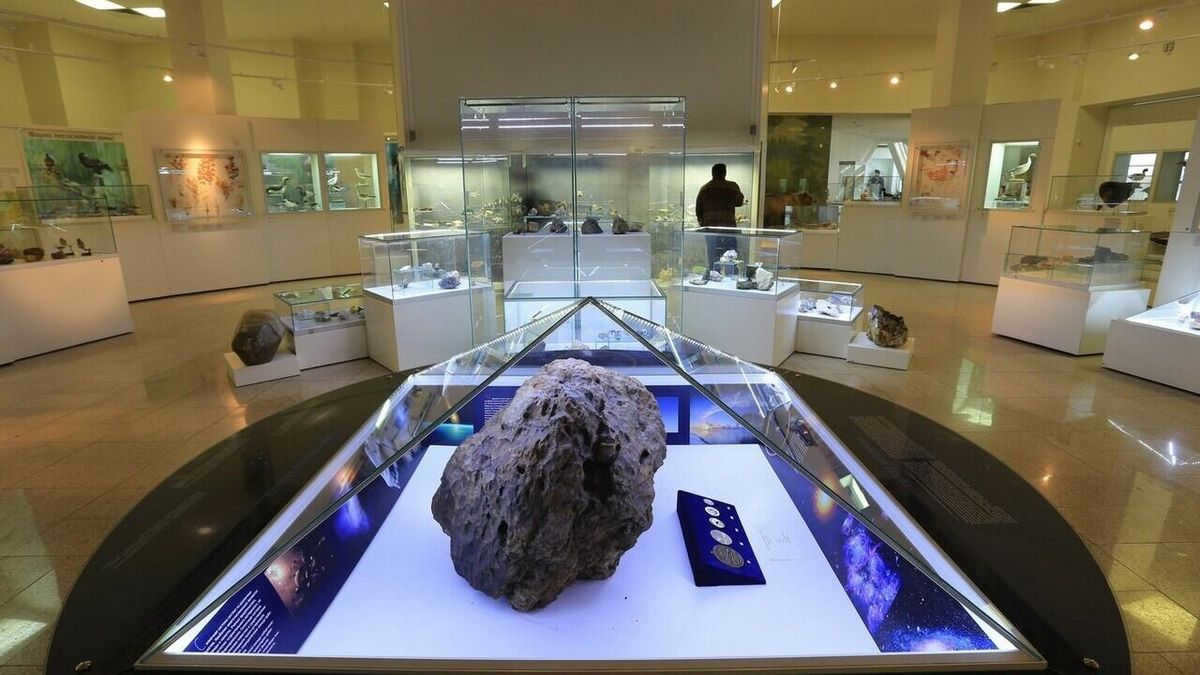
February 15 marks a significant milestone for the residents of Chelyabinsk. It commemorates the miraculous escape from disaster that occurred a decade ago when a meteorite exploded over the city. The incident sent shockwaves throughout the country, serving as a wake-up call for the potential dangers lurking in space. It is a stark reminder of how a slight alteration in trajectory could have altered the entire course of history. This cosmic event left an indelible mark, forever changing the way we perceive science and our place in the universe.
Alexander Dybin
The Chelyabinsk meteorite made impact on February 15, 2013. Around 9:20, a brilliant burst occurred above Chelyabinsk, which captured the attention of the entire city. Just a minute later, a shockwave reached the ground, causing the glass in numerous buildings to shatter. The most severe damage caused by the meteorite included the collapse of the wall of the old Zinc Plant shop and the structures of the “Ural Lightning” ice palace, which were already facing scrutiny prior to the meteorite event. A few individuals were injured by shrapnel, mainly those who were not properly educated on emergency procedures, such as taking cover after a bright burst rather than standing at a window and recording the incident on their phones. The most severe injury was sustained by a woman who fell during the passing of the shockwave, resulting in a broken arm. The meteorite itself, leaving behind a trail of dust in the sky, continued on and ultimately fell into Lake Chebarkul, a few kilometers away from the town of the same name.
People only realized that it was the second birth of the meteorite a little later. Scientists explained that the flight trajectory was incredibly fortunate: it passed by and landed in the water. It could have landed on the city or entered the atmosphere in a different location, resulting in a stronger shockwave. When the meteorite was examined, even astrophysicists were amazed. It turned out to be made of stone, which makes it more fragile than metal. Additionally, it had already experienced a collision in the distant past and had come close to the sun, making it even more brittle and therefore less dangerous.
“The Most Terrifying Birthday I Ever Had.”
“By a strange twist of fate, my birthday falls on February 15,” says Lyubov Rudometova, a journalist from Chebarkul who, in 2013, worked as a press secretary for the mayor’s office. “On that particular day, we were scheduled to attend an event in Asha, a city in the Chelyabinsk region, where the heads of various small towns were gathering. However, upon our arrival, we were met with chaos. No one could comprehend what had transpired, as fragmented reports were coming in from Chelyabinsk, where buildings had shattered windows and people had been injured… As we stood there, a passerby approached me with a grave expression. ‘Are you from Chebarkul?’ he asked. I nodded. He remained silent for a moment, then whispered that Channel One news had just announced that Chebarkul no longer existed.”
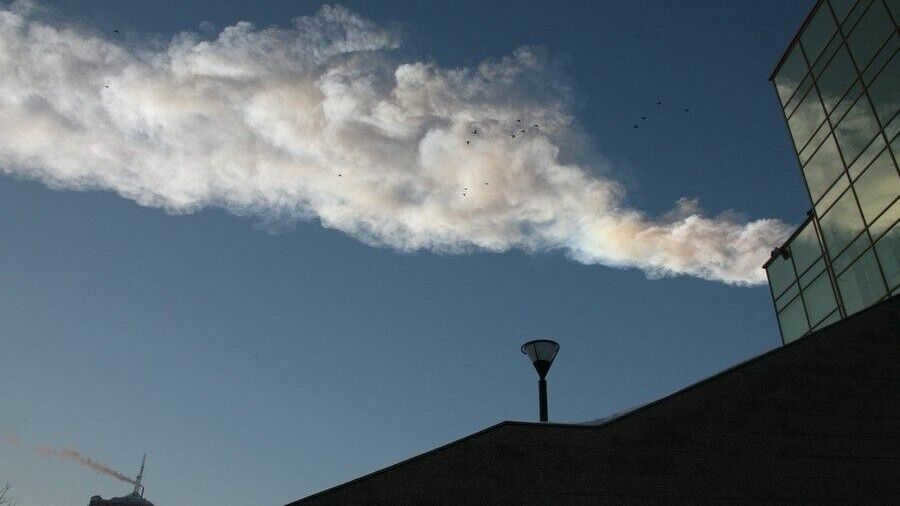
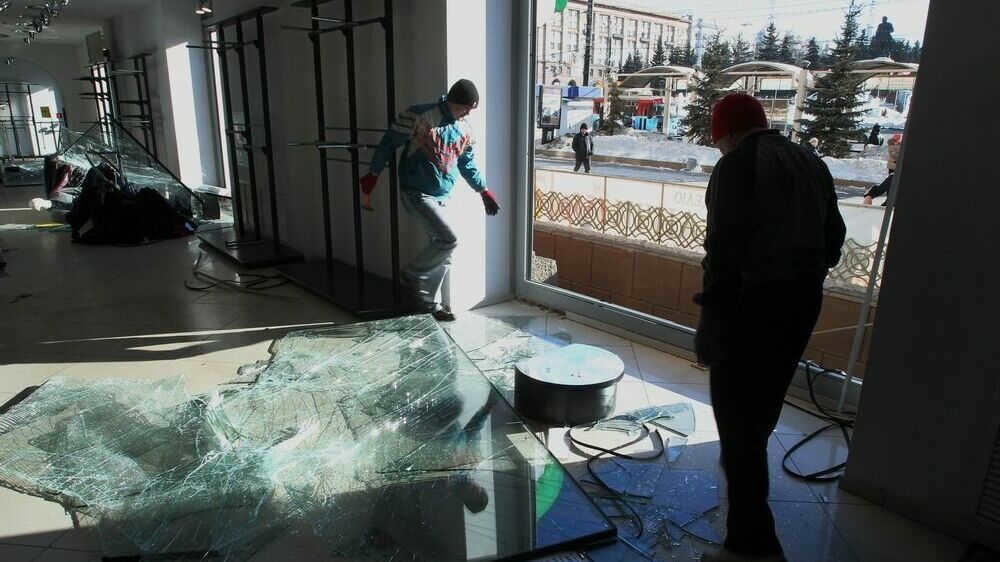
We were frozen in disbelief, gazing at each other in complete silence for a moment. Then, instinctively, we reached for our smartphones and dialed our respective homes. My children – my son and daughter – were back there, waiting anxiously. The line remained silent, and I stood there, repeatedly calling my son’s number, tears streaming down my cheeks. After what felt like an eternity, the phone finally buzzed. On the verge of hysteria, I heard my son’s voice on the other end: “Mom, did you hear? A meteorite has just fallen!” My son animatedly recounted the event over the phone. In that moment, overwhelmed with boundless joy, I stood there and wept, grateful that my children, my family, and my loved ones were safe and sound, and that Chebarkul was still standing.
On the night of February 15-16, the initial group of Japanese journalists arrived in Chebarkul. We were informed of their arrival in the morning by the police. The visitors came to the town late at night, when everything was closed. For some unknown reason, the Japanese believed that February in the South Urals is not very cold, but during those days, the nighttime temperature dropped below 25 degrees Celsius. They came to Chebarkul wearing lightweight jackets and sneakers. They soon realized that they had nowhere to go, as it was nighttime, so they wandered around the city for approximately an hour and became extremely cold. Luckily, they encountered a police patrol, to whom they revealed their identities and origin. Subsequently, the journalists were escorted to the local police station, where they were provided with hot tea and warmth.
A new type of carbon was introduced by the meteorite
The meteorite’s greatest contribution lies in its impact on scientific research. It was a groundbreaking event that was extensively documented from various perspectives. Furthermore, a significant amount of meteoritic material has been discovered.
– The pinnacle of scientific investigation occurred in the initial years following the descent of the Chelyabinsk meteorite, – declares Sergey Taskaev, the rector of Chelyabinsk State University. The primary inquiries during this time revolved around the meteorite’s composition, origin, age, initial mass, landing location, the whereabouts of the main meteorite fragment (if it exists), and ultimately, the potential danger posed by the descent of such celestial bodies.
– Can you identify the most remarkable and intriguing findings? What conclusions have scientists reached?
– In my personal opinion, the studies that pique my interest the most are those that utilize innovative techniques or cutting-edge research instruments. Specifically, I find research conducted using 3D tomography methods, synchrotron radiation methods, ion microscopy, neutron microscopy, and similar approaches to be fascinating. These methodologies enable scientists to delve deeper into the composition of extraterrestrial materials and obtain more precise information about their properties. Extensive research has already been carried out in this field. For instance, a recent study focused on analyzing the U-Pb phosphates and microstructure of a meteorite, which led scientists to conclude that the Chelyabinsk meteorite was once part of a larger celestial body involved in the formation of our moon satellite.
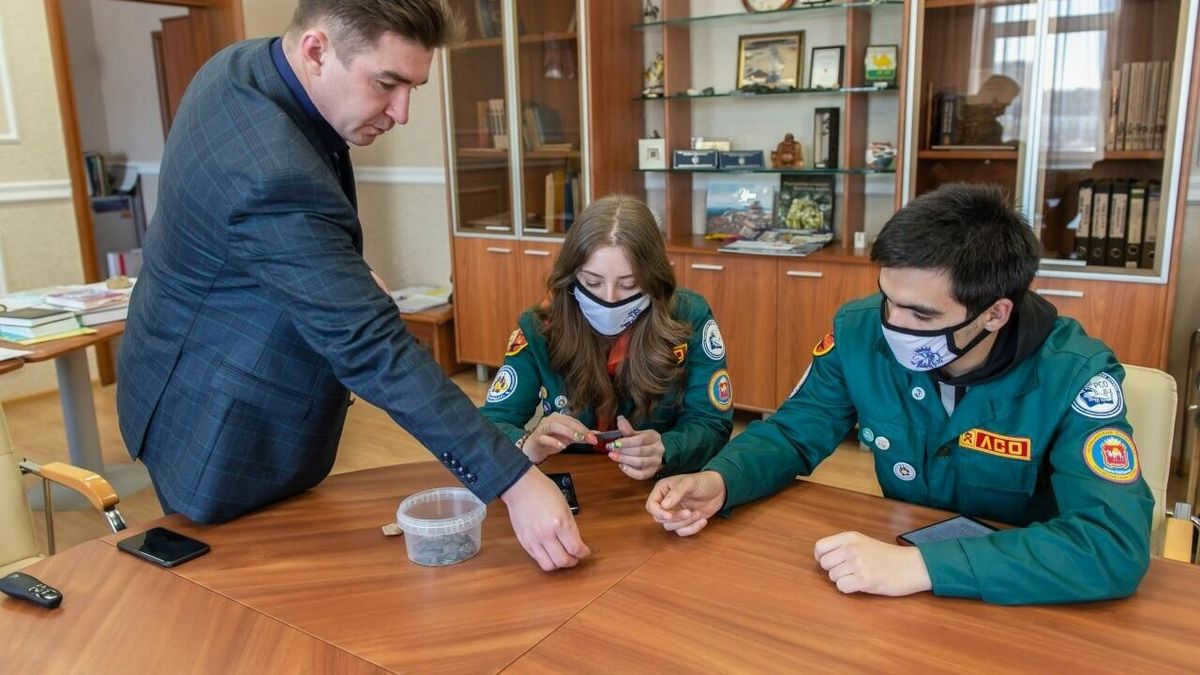
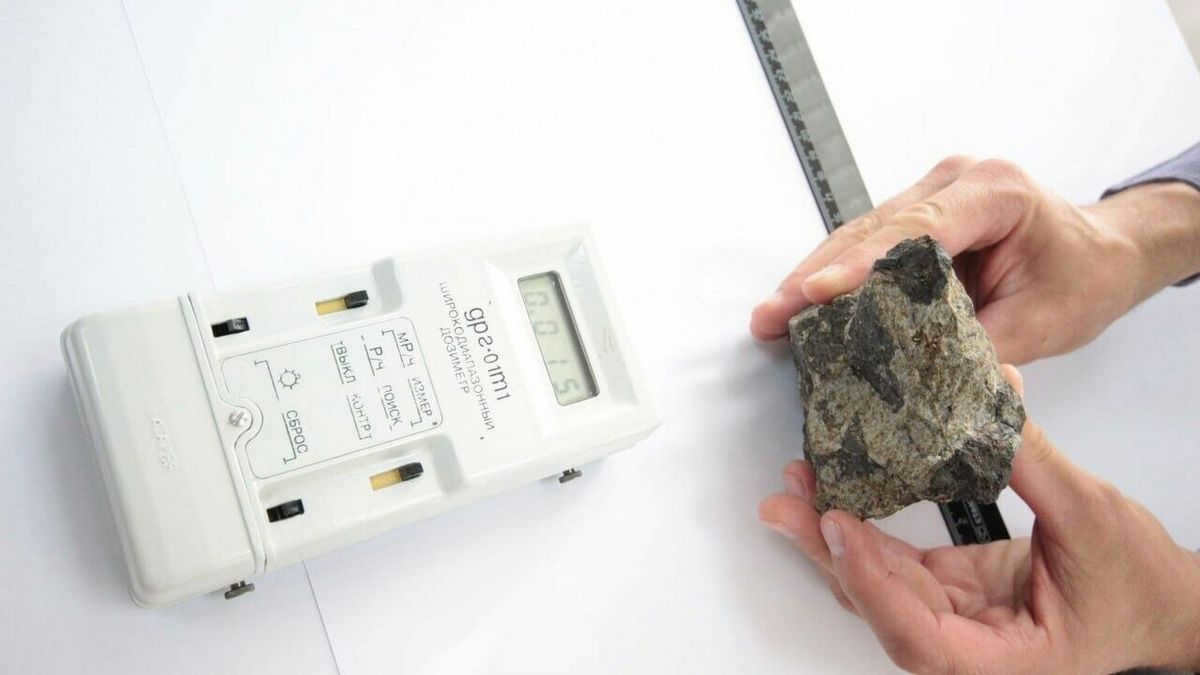
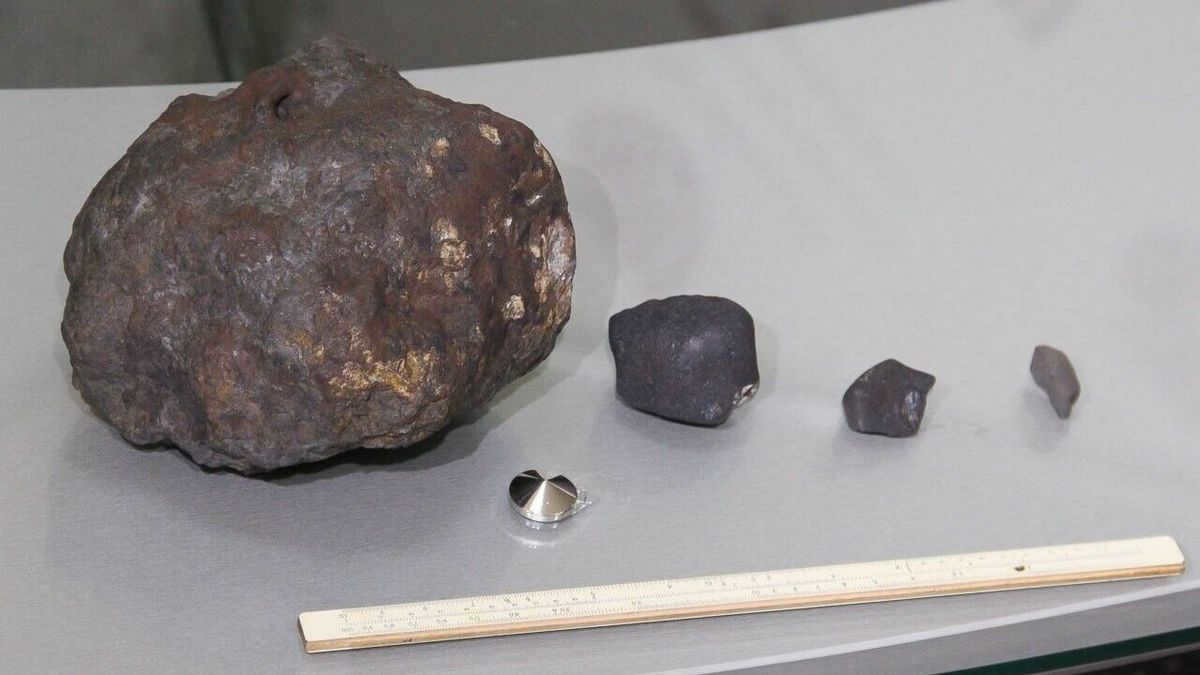
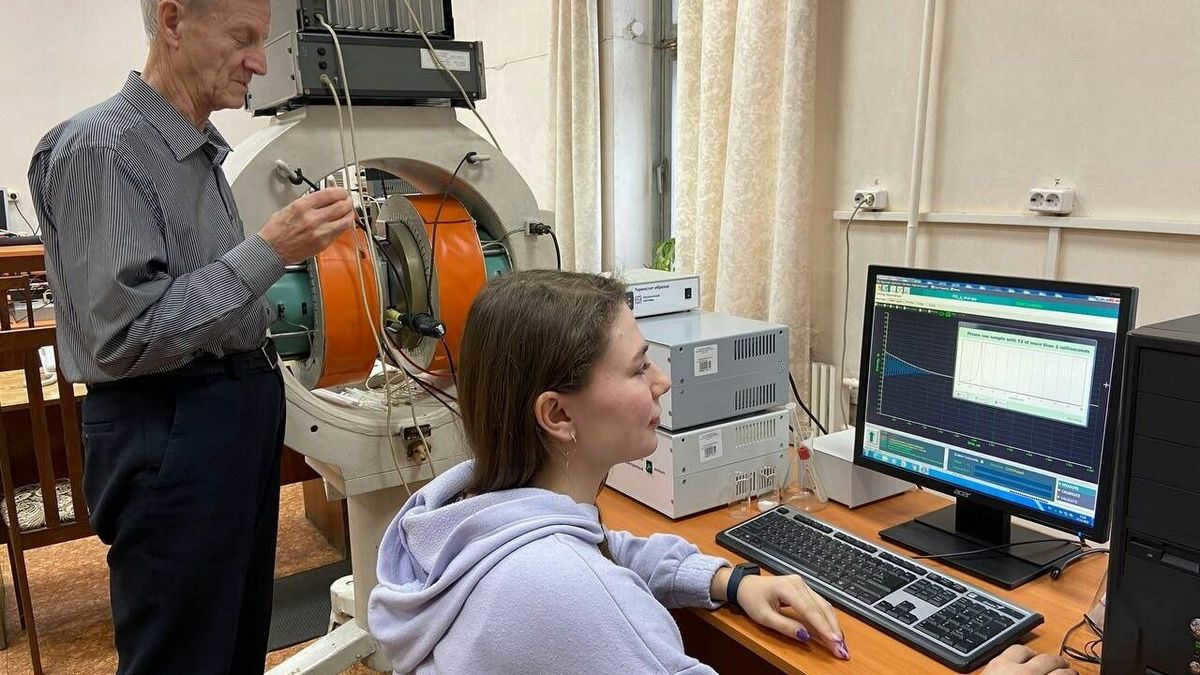
– What recent discoveries have scientists made about the Chelyabinsk meteorite or the universe as a whole?
– Take, for instance, our protection against falling objects of this nature. Many individuals recall the significant devastation caused by the shockwave and often wonder: what would have occurred if this meteoroid had made it to the Earth’s surface? We conducted a separate study on this matter and discovered that our atmosphere effectively shields us from stone meteorites of this magnitude. However, this only applies to stone meteorites, which account for approximately 93% of all meteorites. We examined various scenarios involving falling bodies of similar size: entry angles into the atmosphere, different velocities, and determined that the primary energy release takes place at altitudes above 20 km. Furthermore, the faster the meteoroid travels, the quicker it incinerates in the atmosphere due to the energy release resulting from friction being proportional to the square of the falling object’s speed. It is important to note that the energy release process does not occur at a single point but is distributed along a section of the trajectory, thereby making the combustion impact (explosion) less dramatic. In other words, the meteoroid had no chance of reaching the surface in its original state. However, this principle no longer holds true for iron meteorite falls (which account for approximately 5% of all recorded meteorites) or iron-stone falls (which account for approximately 1% of all meteorites). Although such falls are exceedingly rare, their consequences affect the entire planet as a whole. The largest known crater on Earth can be found in Wilkes Land, Antarctica, with a diameter of approximately 500 kilometers. It was created by the impact of a massive celestial body several tens of kilometers in diameter about 250 million years ago. This event likely triggered a mass extinction during the Permian period, resulting in the demise of 96% of all marine species and 73% of terrestrial vertebrate species.
Meteorite Statistics
The Chelyabinsk bolide stands out as the largest meteorite in the past century, marking the second most powerful explosion since Tunguska.
Its weight is estimated to be approximately 13,000 tons.
Traveling at a velocity of 19 kilometers per second, the asteroid’s orbit extends to the main asteroid belt, which is situated between Mars and Jupiter.
Having an age nearly identical to that of the solar system, the meteorite is estimated to be 4.56 billion years old.
Composition-wise, it consists of approximately 90% silicates, 5% sulfides, and 5% iron and nickel.
Only a small fraction, about 1%, of the meteorite actually made it to the Earth’s surface, while the rest either vaporized or transformed into fine dust.
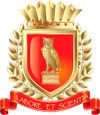
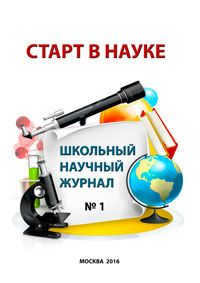
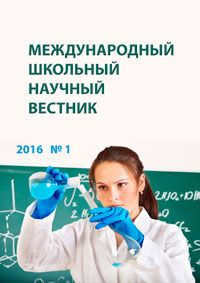
THE CHELYABINSK METEORITE
The author of the study was awarded a second-degree diploma
The text of the study is presented here without images and formulas.
The complete version of the study can be found in the “Work Files” tab in PDF format.
On February 15, 2013, a meteorite passed over Chelyabinsk and crashed into Lake Chebarkul. The fall of the meteorite was witnessed by thousands of residents in Kazakhstan, Tyumen, Kurgan, Sverdlovsk, and Chelyabinsk regions (refer to Appendix 1, 2). The shock wave caused by the meteorite traveling at supersonic speed through the dense layers of the atmosphere resulted in about a thousand residents in Chelyabinsk being injured by shattered glass, with approximately 7,200 buildings affected.
This natural phenomenon has left its mark on the history of our region – both as a stunning natural event and as a catastrophic event. As a result of this event, Chelyabinsk has gained global recognition, and people from all around the world have come to know about our city.
The scientific and public communities were greatly intrigued by this event. An international scientific conference was held in Chebarkul on June 21-22, and a III All-Russian scientific conference with international participation took place on May 20-22, 2014. The search for the meteorite was carried out by the Chelyabinsk regional branch of the Russian Geographical Society, led by S.G. Zakharov, in collaboration with colleagues from Charles University in the Czech Republic under the guidance of G. Kletochka[2]. Further research on the meteorite was conducted by various research institutes in Russia and abroad.
Purpose of the work: The objective of this project is to gather information about the Chelyabinsk meteorite.
-Outline the process of meteoric bodies entering Earth’s atmosphere and falling to the ground
-Provide a classification of meteorites and discuss the presence of extraterrestrial organic matter in meteorites
-Examine the characteristics and details of the Chelyabinsk meteorite
-Explore the reasons behind the perception that the inhabitants of the Southern Urals are “lucky”
The meteorite will be the main focus of this study, specifically the Chelyabinsk meteorite.
The hypothesis to be tested is that the Chelyabinsk meteorite originated from outside our solar system. Additionally, the study will investigate the reasons behind the perceived luck of the inhabitants of the Southern Urals.
Chapter 1: Meteorites. The Process of Meteoric Bodies Falling on Earth
A solid object of cosmic origin that has landed on the Earth’s surface is referred to as a meteorite. Particularly bright meteors are known as bolides.
Academicians V. I. Vernadsky and A. E. Fersman, as well as well-known meteorite researchers P. L. Dravert and L. A. Kulik, were among the scholars who extensively studied meteorites.
Currently, the Russian Academy of Sciences has established a dedicated committee responsible for overseeing the collection, study, and preservation of meteorites. This committee oversees a vast collection of meteorites.
When a meteoroid enters the Earth’s atmosphere, it rapidly accelerates to speeds ranging from 11 to 72 km/s. As it travels at such high velocities, it begins to experience intense heating and glowing. The burning of the meteoroid’s substance during this process causes a significant reduction in its mass by the time it reaches the Earth’s surface. For instance, smaller meteoroids traveling at speeds of 25 km/s and higher often burn up completely, leaving little to no trace.
If a meteoric object does not undergo combustion in the atmosphere, it will lose its horizontal velocity as it slows down. This change in speed causes the trajectory of the descent to shift from initially being mostly horizontal to eventually becoming almost vertical. As the meteor slows down, its brightness decreases and it cools down.
Furthermore, the meteoric object may fragment and result in a meteor shower. The destruction of certain objects is catastrophic and is accompanied by powerful explosions. Often, there is no evidence of meteoric material on the Earth’s surface, as was the situation with the Tunguska bolide.
When a meteorite collides with the Earth’s surface at high speeds (approximately 2000-4000 m/s), a significant amount of energy is released. This causes the meteorite and some of the surrounding rocks to vaporize, resulting in powerful explosive processes that create a large, rounded crater. These craters are often much larger than the size of the meteorite itself. The Arizona crater serves as an example of this phenomenon.
The largest known meteorite crater on Earth is believed to be the Wilkes Earth Crater, which has a diameter of approximately 500 km [4,5].
Notable large meteorite craters have also been discovered in Russia.
The Tunguska event (currently, the exact meteoric origin of the Tunguska event is unclear. For further information, refer to the Tunguska meteorite article[4]) occurred on June 30, 1908, in the Podkamennaya Tunguska river basin in Siberia. The total energy released is estimated to be equivalent to 40-50 megatons of TNT.
The Tsaryov meteorite (meteor shower) is believed to have fallen on December 6, 1922, near the village of Tsaryov (now the Volgograd region). It is a stone meteorite, and numerous fragments were collected over an area of approximately 15 square kilometers. The total mass of these fragments is 1.6 tons, with the largest fragment weighing 284 kg.
The Sikhote-Alin meteorite had a total mass of 30 tons, with an estimated energy release of 20 kilotons. It is an iron meteorite that fell in the Ussuri taiga on February 12, 1947.
A meteorite known as the Vitim bolide fell during the night of September 24-25, 2002, near the villages of Mama and Vitimsky in the Mamsko-Chuysky district of the Irkutsk region. This event caused significant public interest, despite the relatively small total energy of the meteorite explosion (equivalent to 200 tons of TNT, with an initial energy of 2.3 kilotons), an initial mass of 160 tons, and a final mass of fragments weighing just a few hundred kilograms.
Discovering a meteorite is a relatively rare event. According to the Laboratory of Meteoritics, only 125 meteorites have been found in the Russian Federation over the course of 250 years[4,5].
Chapter 2: Classification of Meteorites: Organized Elements
Meteorites are classified into three groups based on their composition:
Stone meteorites account for the majority of falls, making up 92.8% of them.
Iron meteorites, on the other hand, are composed of an iron-nickel alloy and constitute 5.7% of falls.
Iron-stone meteorites, which have a composition that falls between stone and iron meteorites, are relatively rare and account for only 1.5% of falls.
When studying stone meteorites, scientists have discovered formations known as “organized elements.” These formations are microscopic, ranging in size from 5-50 μm, and often exhibit double walls, pores, spines, and other characteristics[5].
While it has not been proven that these formations are the remains of extraterrestrial life, they possess a high level of organization that is typically associated with living organisms[5].
Furthermore, these types of formations have not been found on Earth.
The peculiarity of “organized elements” lies in their abundance: there are approximately 1800 “organized elements” per 1g. of carbonaceous meteorite matter [4,5].
2.1 Chelyabinsk meteorite
The Chelyabinsk meteorite is the result of a collision between the Earth’s surface and fragments of a small asteroid that was destroyed upon entering the Earth’s atmosphere on February 15, 2013, at around 9:20 AM local time. The superbolide exploded near Chelyabinsk at an altitude of 15-25 km[1].
The celestial object went undetected until it entered the Earth’s atmosphere. The meteorite was traveling at a speed ranging from 20 to 70 kilometers per second as it descended. Approximately 5 hours after the event, reports emerged in the media suggesting that the meteorite had fallen in Lake Chebarkul, located 1 kilometer away from the town of Chebarkul. Fishermen near Lake Chebarkul witnessed the moment of impact, noting that around 7 fragments of the meteorite were seen, with one of them landing in the lake and causing a column of water to rise approximately 3-4 meters high.
A few days later, the first pieces of the meteorite were discovered in the form of small meteorites. The authorities of the Chelyabinsk region allocated 3 million rubles to search for and retrieve meteorite fragments from Lake Chebarkul. In September 2013, preparations began to lift the main portion of the meteorite, which was resting in Lake Chebarkul at a depth of approximately 11 meters beneath a five-meter layer of sediment. On October 16, 2013, the meteorite was successfully lifted. The main fragment of the Chelyabinsk meteorite, found in Lake Chebarkul last October, had an initial weight of 654 kg. However, during the lifting process, it broke into multiple pieces. As a result, the largest surviving fragment, weighing 540 kg, is now considered the primary fragment and is housed in the Chelyabinsk Museum of Local Lore. Smaller fragments can be found in various research institutions, including Chelyabinsk State University (see Appendix 3).
As per the Chelyabinsk Geographical Society, the superbolide detonated at an elevation of 23-26 km[2]. The shockwave reached the city center (around 40 km in a direct line) in approximately three minutes. The primary and ensuing explosions (which essentially merged) were recorded between 9 and 20. Prior to the arrival of the shockwave in Chelyabinsk, the heaviest fragment, weighing from 800 kg to a ton (maximum weight of 1800 kg), broke through the ice covering Lake Chebarkul. The fragment fell in the central section of the lake within a depth range of 10±0.5 meters, 150 m away from the eastern cape of the Krutik Peninsula that extends into the lake[2].
The meteorite has a rocky composition and a low metal content. It contains elements such as zinc, tungsten, nickel, with copper being the most abundant. The meteorite’s main substance was formed approximately 4.5 billion years ago. About 300 million years ago, it detached from its parent body, and a few thousand years ago, it experienced a collision with another celestial body, resulting in the formation of cracks filled with melt. These cracks make it difficult to determine the meteorite’s age with certainty[1,6].
2.2 The Fortunate Inhabitants of the Southern Urals
By proposing the hypothesis that the Chelyabinsk meteorite originated from outside our solar system and considering ourselves, the inhabitants of the Southern Urals, lucky, I present the following supporting data:
On this particular day, the Earth’s atmosphere was invaded by an asteroid measuring approximately 17 meters in diameter and weighing around 10 thousand tons, as estimated by NASA. This celestial object entered our atmosphere at a staggering velocity of approximately 18 km/s[1,5].
If our meteorite was moving at a speed of 18 km/s, which exceeds the second cosmic velocity, it would be considered a visitor to our solar system.
Another intriguing point is the lack of prior detection of the approaching asteroid and meteorite.
– “The celestial object was undetectable until it entered the atmosphere”. On this particular day, an asteroid measuring approximately 17 meters in diameter and weighing around 10,000 tons (as per NASA estimates) made its way into Earth’s atmosphere. During our geography lessons in 5th grade, we were taught about Jupiter, the nearest gas giant, being the “Defender of Earth”. Due to its immense mass, it has the ability to attract and “swallow” numerous small celestial objects that pass through the Solar System. However, there are occasions when it expels them back into space. The destination of these celestial objects upon expulsion is unpredictable. It is plausible that no one was aware of our visitor, as it was expelled by Jupiter. Consequently, no one was adequately prepared for the arrival of our extraterrestrial guest?
3. Approximately 32.5 seconds after entering Earth’s atmosphere, the celestial object disintegrated at an altitude of 15-25 km. We were fortunate, as if it had not disintegrated at that altitude and instead crashed to the ground, the resulting damage would have been extremely significant. According to NASA, the total energy released was estimated to be around 440 kilotons in TNT equivalent, while the Russian Academy of Sciences (RAS) estimated it to be between 100-200 kilotons, and INASAN staff estimated it to be between 0.4 and 1.5 megatons in TNT equivalent. The explosion’s power was equivalent to at least twenty-four Hiroshima bombs[1,5]. The most fortunate aspect of this event is that there were no human casualties.
4. Fortunately, Lake Chebarkul shielded us from harm, preventing any injuries from occurring. Had the fragment made contact with the ground, the consequences would have been far more severe than what has been described. According to the scientific journal Geophysical Research Letters, which referenced data analyzed by scientists from the French Commissariat de l’Energie Atomique, the estimated TNT equivalent of the impact was 460 kilotons. This is the highest recorded figure in the history of nuclear test observations. Additionally, it was noted that the shock wave from the impact managed to encircle the Earth twice [1,5].
5. S.G. Zazarov, an associate professor at Chebarkul State Pedagogical University, is involved in the coordination of efforts to recover a fragment of a meteorite from the depths of Lake Chebarkul. In light of this, it appears to be a sensible idea to establish the first meteorite reserve in Russia on Lake Chebarkul, encompassing the easternmost part of the Krutik Peninsula and the adjacent water area to the north, spanning approximately 300×300 meters. This designated zone would allow for the navigation of small vessels, organized excursions, and unrestricted access for citizens. However, it should be strictly prohibited to engage in unregulated scuba diving or extract meteorite material using magnets from boats or the ice covering the lake within the reserve’s territory and water area.
The establishment of the Chebarkulskogo meteorite preserve, a specially protected natural territory, will not only contribute to attracting tourists to the region but also provide an opportunity to place a memorial sign (STELLA, MAYAK) within the preserve. S.G. Zazarov proposes organizing guided tours to the location where the celestial body fell, which is the second most powerful event of its kind after the Tunguska meteorite[2]. I am of the opinion that the creation of this sanctuary serves as a fitting tribute to our visitor from the solar system.
The Chelyabinsk (Chebarkul) meteorite has caused extensive damage.
Fragments of the Chelyabinsk meteorite have been incorporated into the center of ten gold medals for the 2014 Winter Olympics in Sochi, commemorating the first anniversary of the meteorite’s fall on February 15, 2014. In Chelyabinsk, Chebarkul, and Timiryazevsky settlement, monuments have been erected to honor this extraordinary event (see Appendix 5-7).
“NASA employees have dubbed the residents of the Southern Urals as ‘lucky’, and Chelyabinsk as the luckiest city on Earth, as the events of the morning of February 15 can only be described as a miracle. The meteorite exploded at an altitude of 20-25 kilometers above the bustling city. The force of the explosion was equivalent to the detonation of at least twenty-four Hiroshima bombs. What further astonished scientists from various nations was that despite the number of casualties, no fatalities occurred in this emergency” [1,5].
In my work, I have gathered information about the Chelyabinsk meteorite, documented the process of meteor bodies entering the Earth’s atmosphere, provided a classification of meteorites, and examined the presence of extraterrestrial organic matter in meteorites. I have also conducted a detailed analysis of the Chelyabinsk meteorite.
Utilizing the knowledge of a 5th grade student, I have formulated a hypothesis and supported it with factual evidence, demonstrating that the Chelyabinsk meteorite originated from outside our solar system. Additionally, I have concluded that the residents of the South Urals were fortunate to witness this celestial event.
List of References:
Anfilogov, V. N. Report on the Material Composition of Chelyabinsk Meteorite Debris. Miass: Institute of Mineralogy, Ural Branch of the Russian Academy of Sciences, 2013.
Zakharov, S.G. The ecological condition of Lake Chebarkul before and after the impact of the meteorite / S.G. Zakharov. – Chelyabinsk: Kray ra, 2014.
Space velocities. Bolshaya sovietskaya encyclopedia. – URL: http://bse.sci-lib.com/article065144.html.
Meteorite. Krugosvet Encyclopedia. – URL: http://www.krugosvet.ru/enc/nauka_i_tehnika/astronomiya/METEORIT.html.
Meteorite fall. Chelyabinsk. – URL: https://ru.wikipedia.org/wiki/
Simonenko, A.N. Meteorites – fragments of asteroids / A.N. Simonenko. – Moscow: Nauka, 1979.
Chelyabinsk meteorite Appendix 1
Photo by Marat Akhmetvaleev
Meteorite explosion Annex 2
Map of the trail and crater on Lake Chebarkul, resulting from the impact of the meteorite
Photo by Nikolai Seredin
Lifting the meteorite Appendix 4
The commemorative monument on Lake Chebarkul, dedicated to the meteorite that struck Earth, was unveiled on February 15, 2014.
Photo by Evgeny Arkhipov
In the village of Timiryazevsky, there stands a monument to the meteorite.
As part of the city day celebrations in September 2015, a new monument featuring a camel and a meteorite was installed in Chelyabinsk. (our class photo)
(Rafael Saifulin, the sculptor of this artwork, completed his studies at the Leningrad Higher Art and Industrial School named after V. I. Mukhina before moving to Finland)

